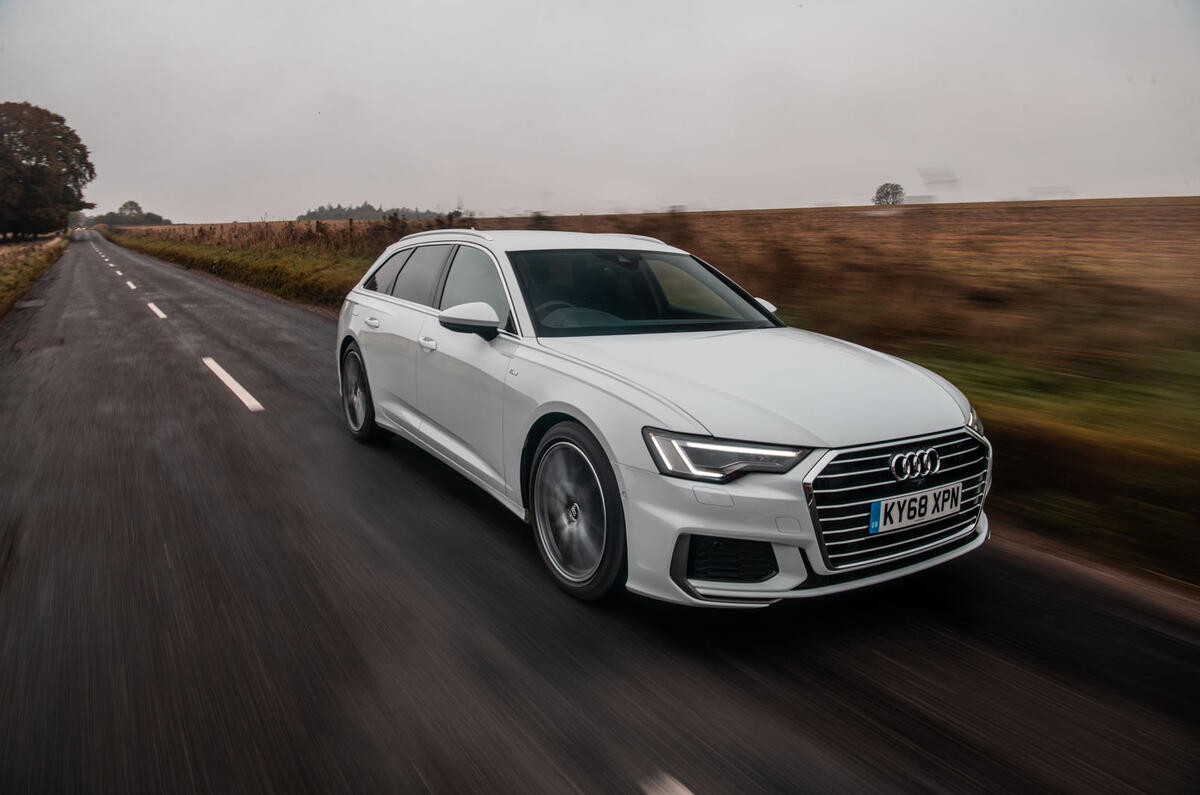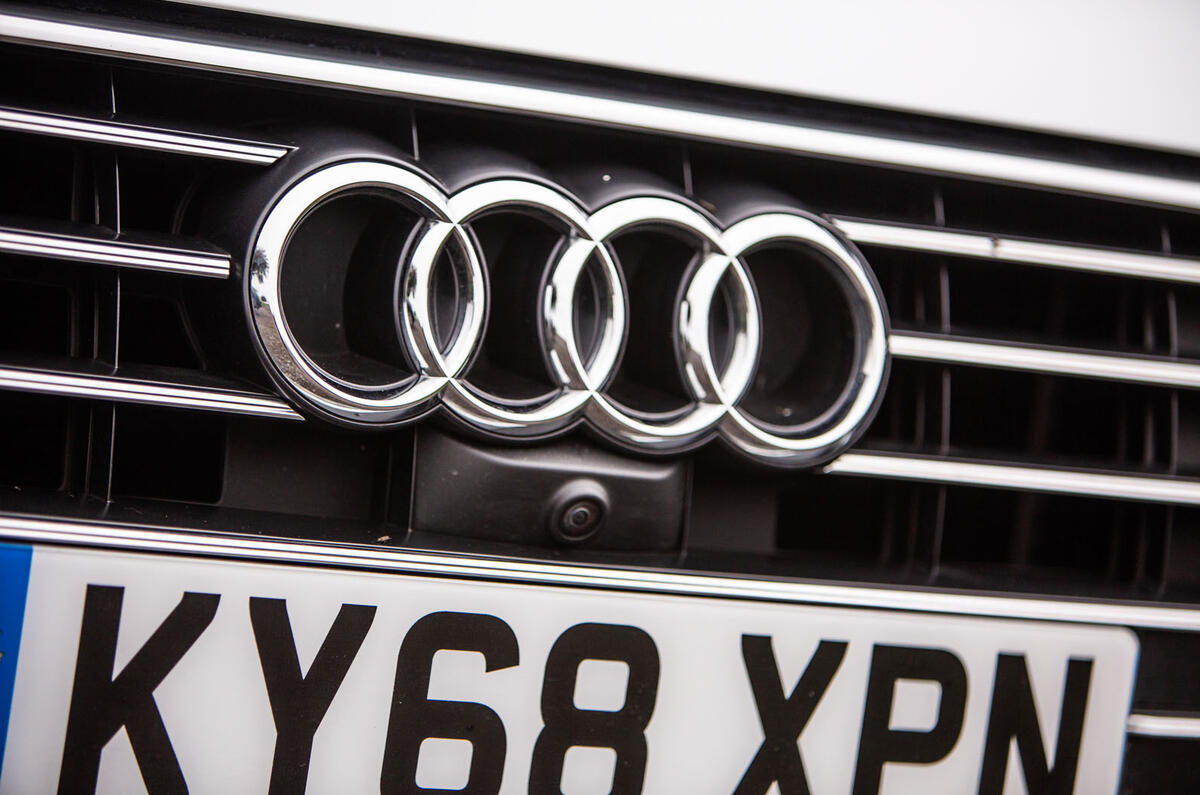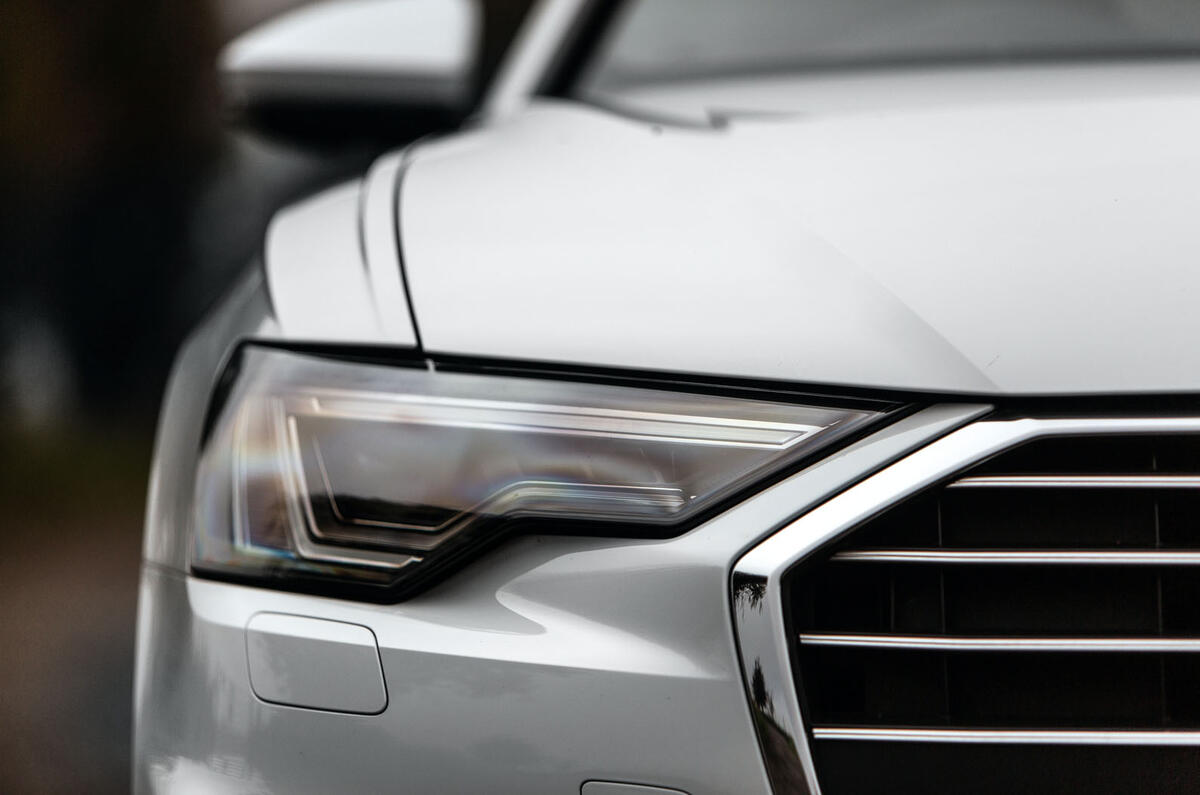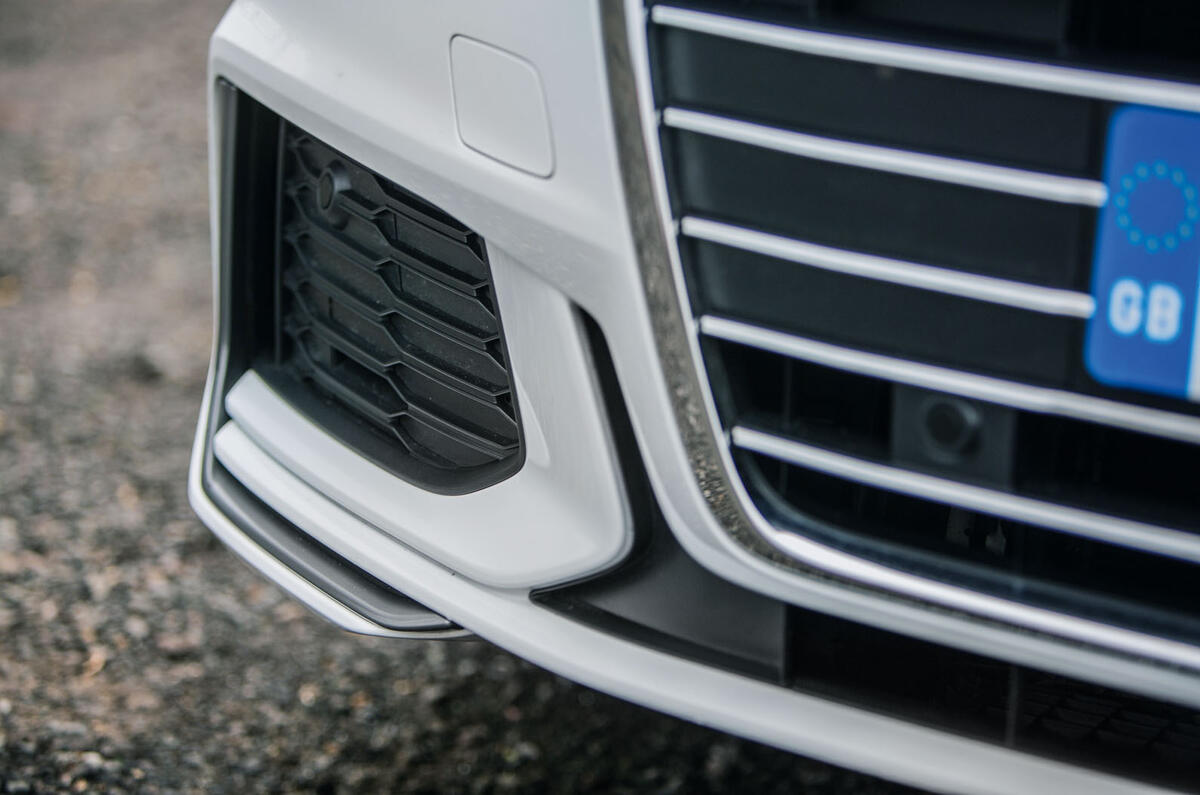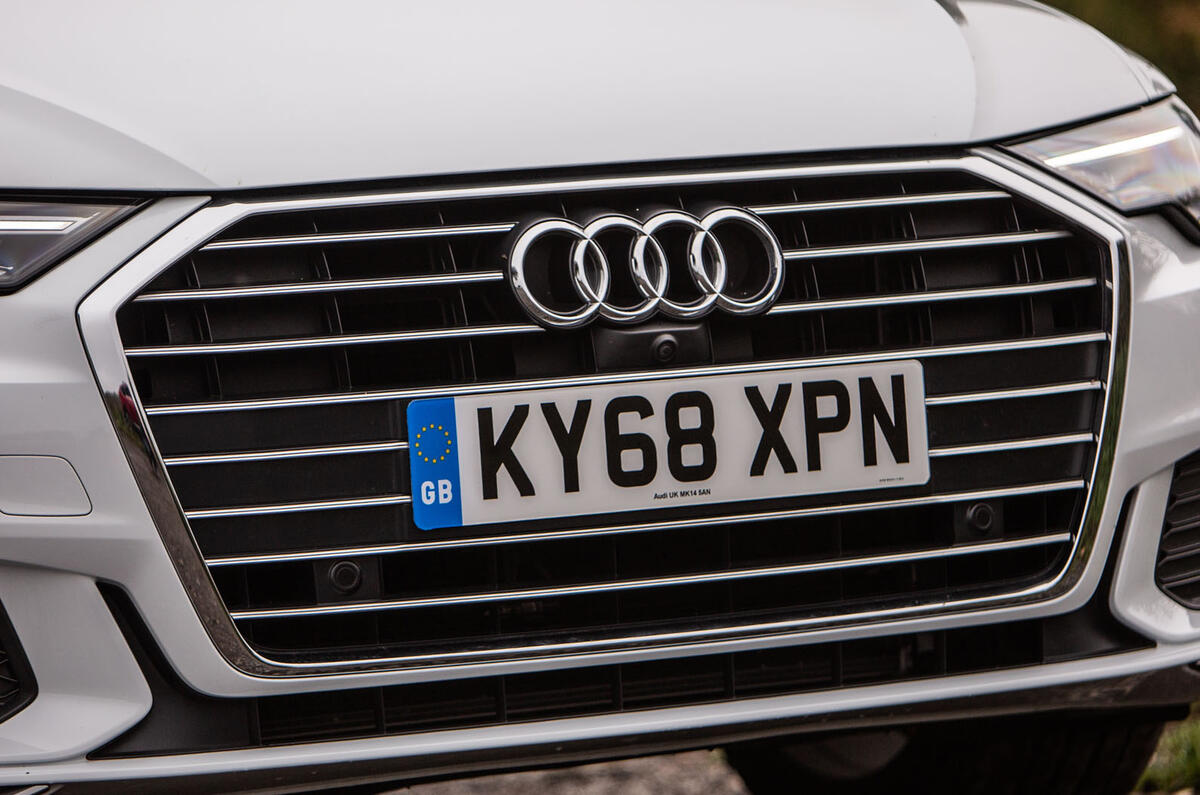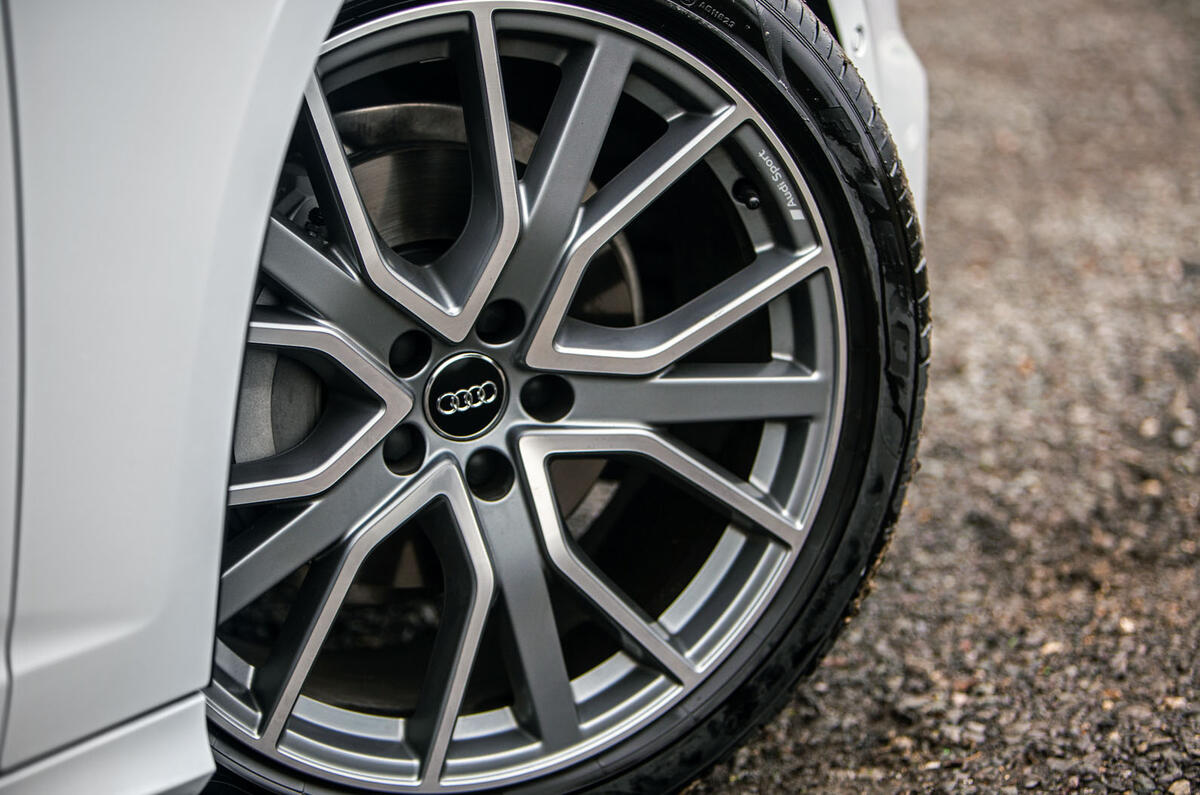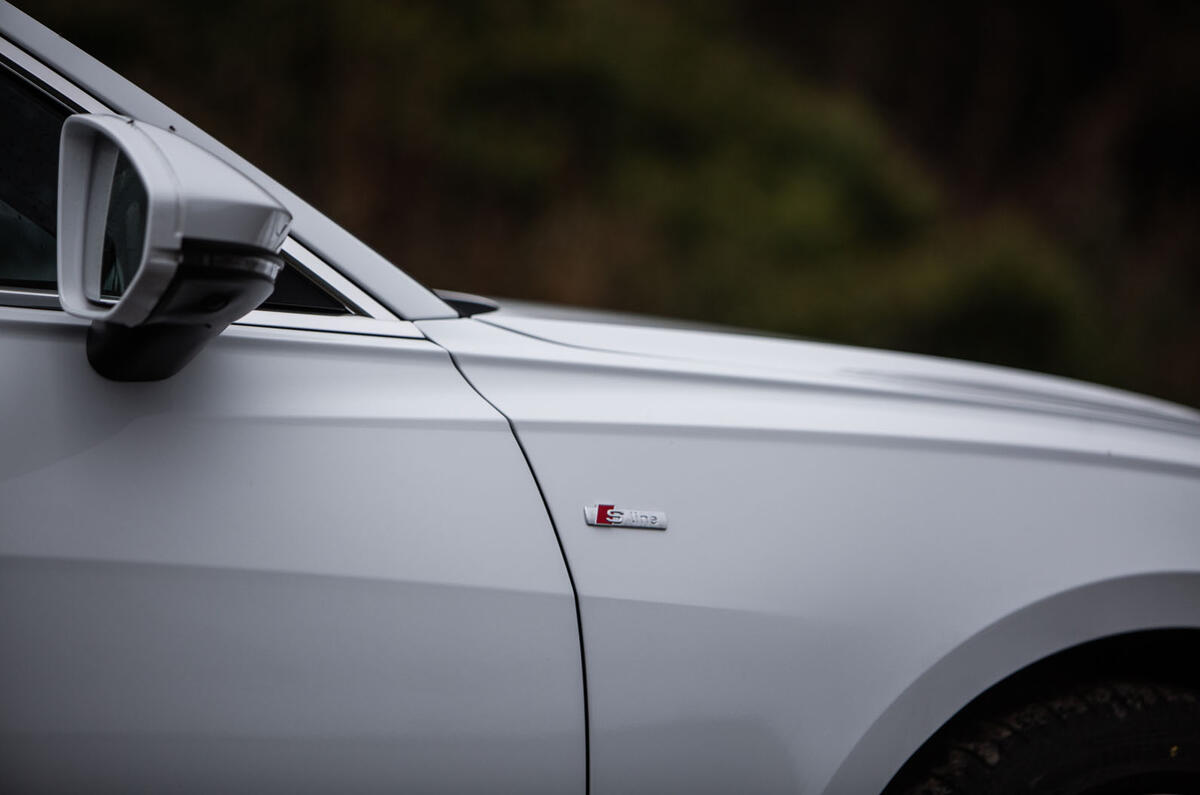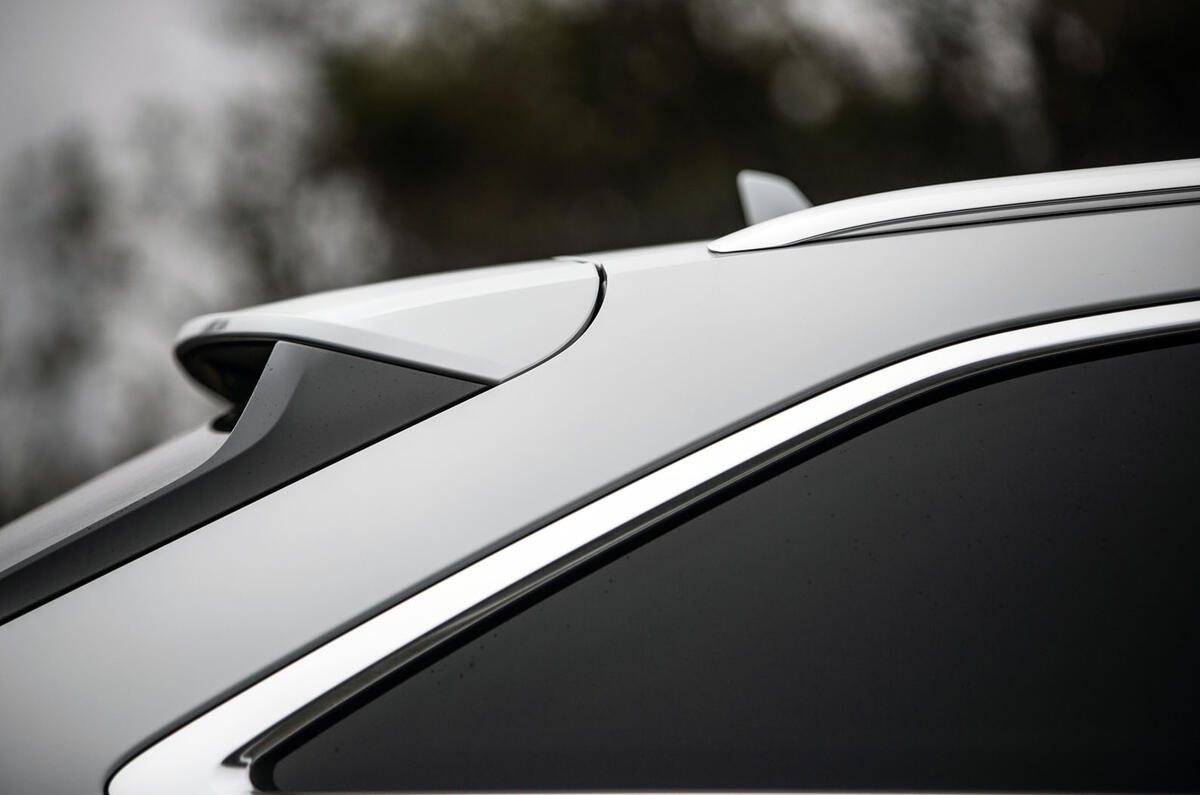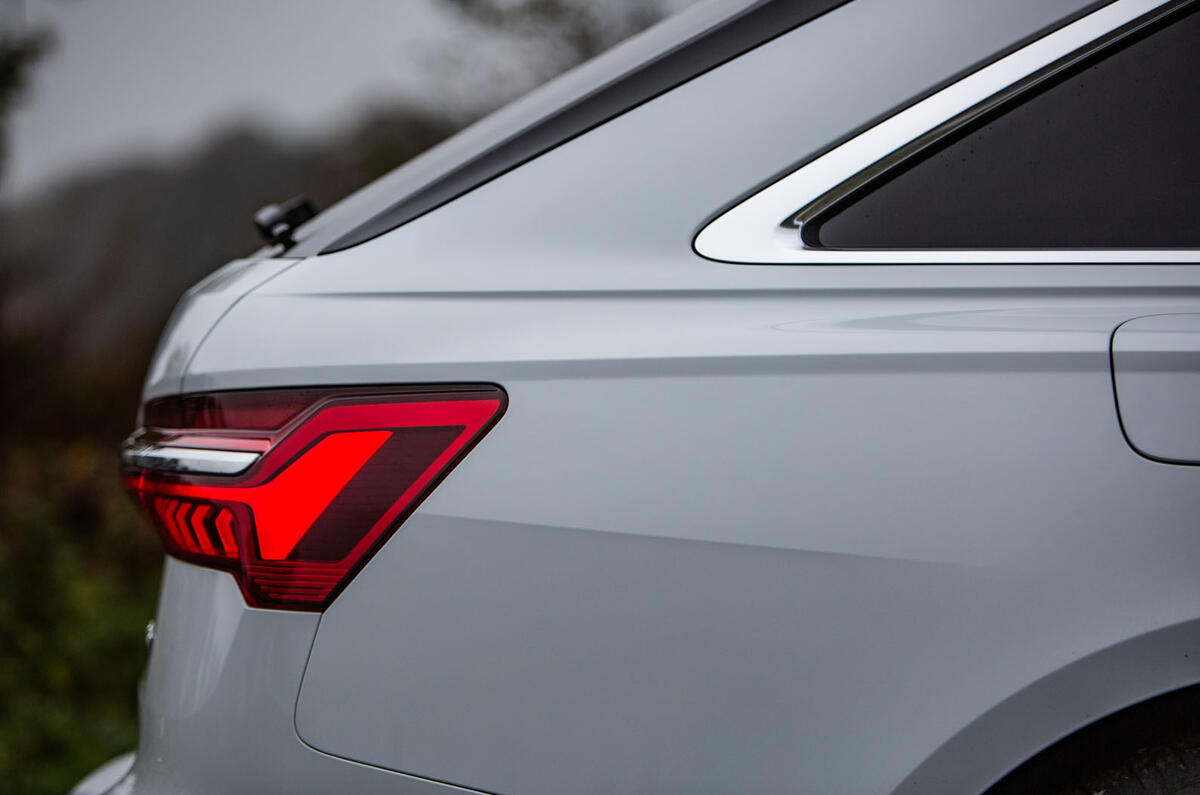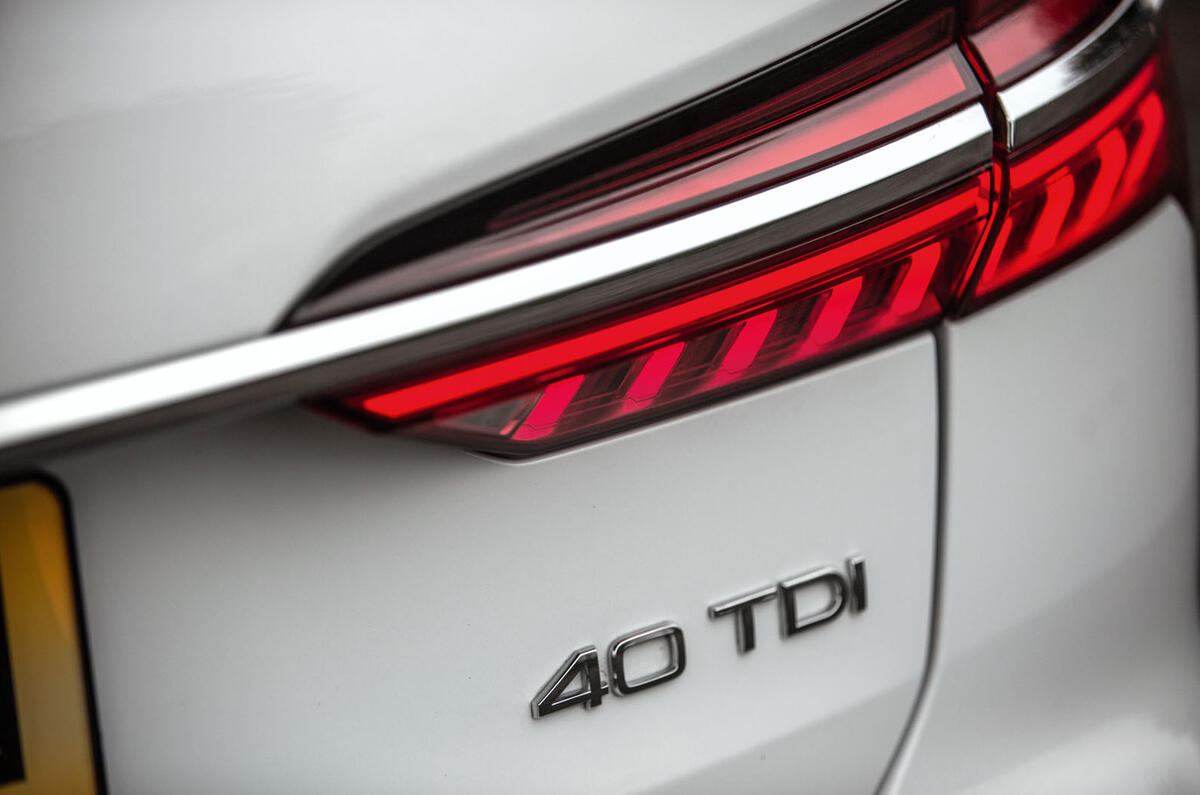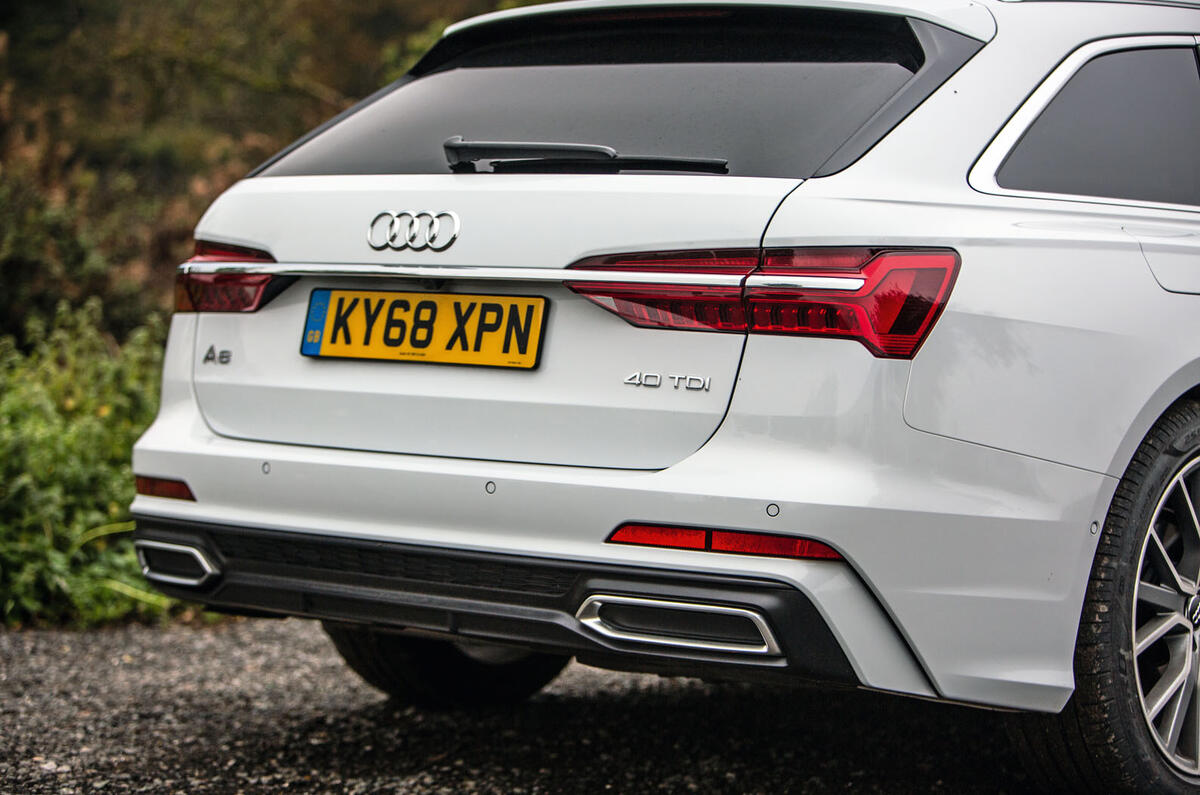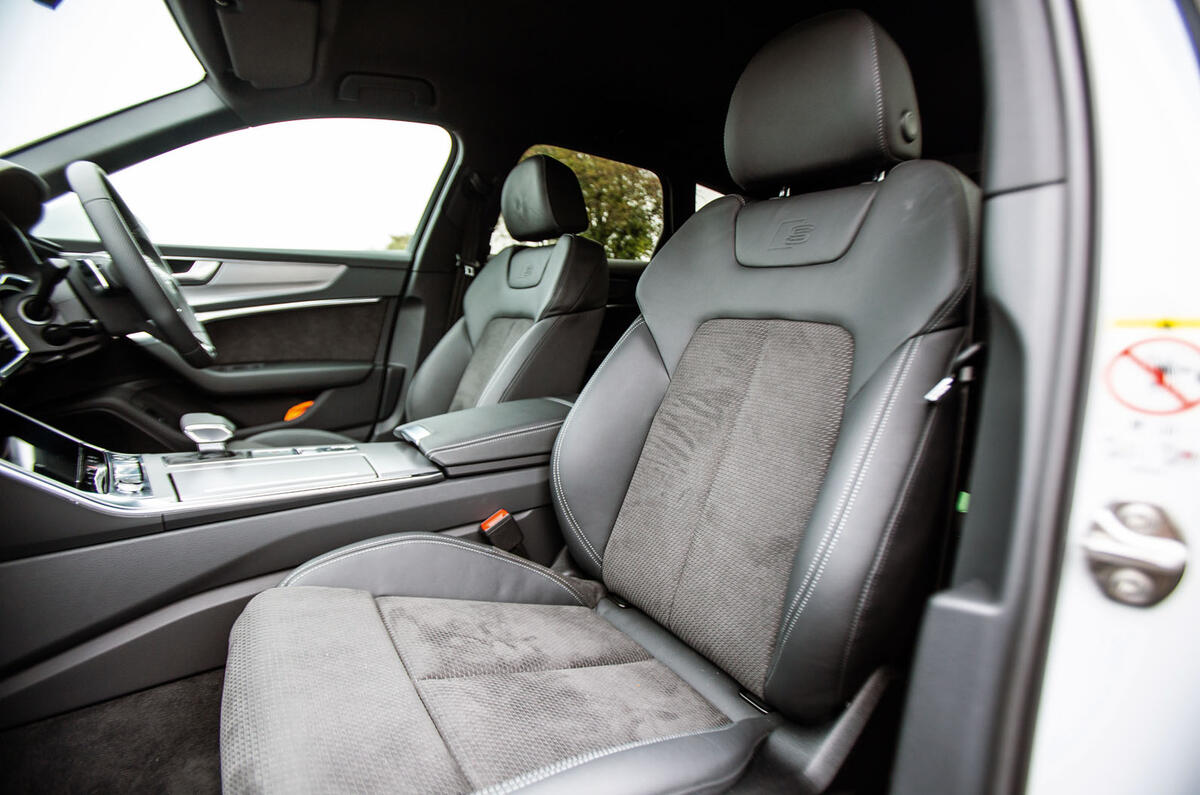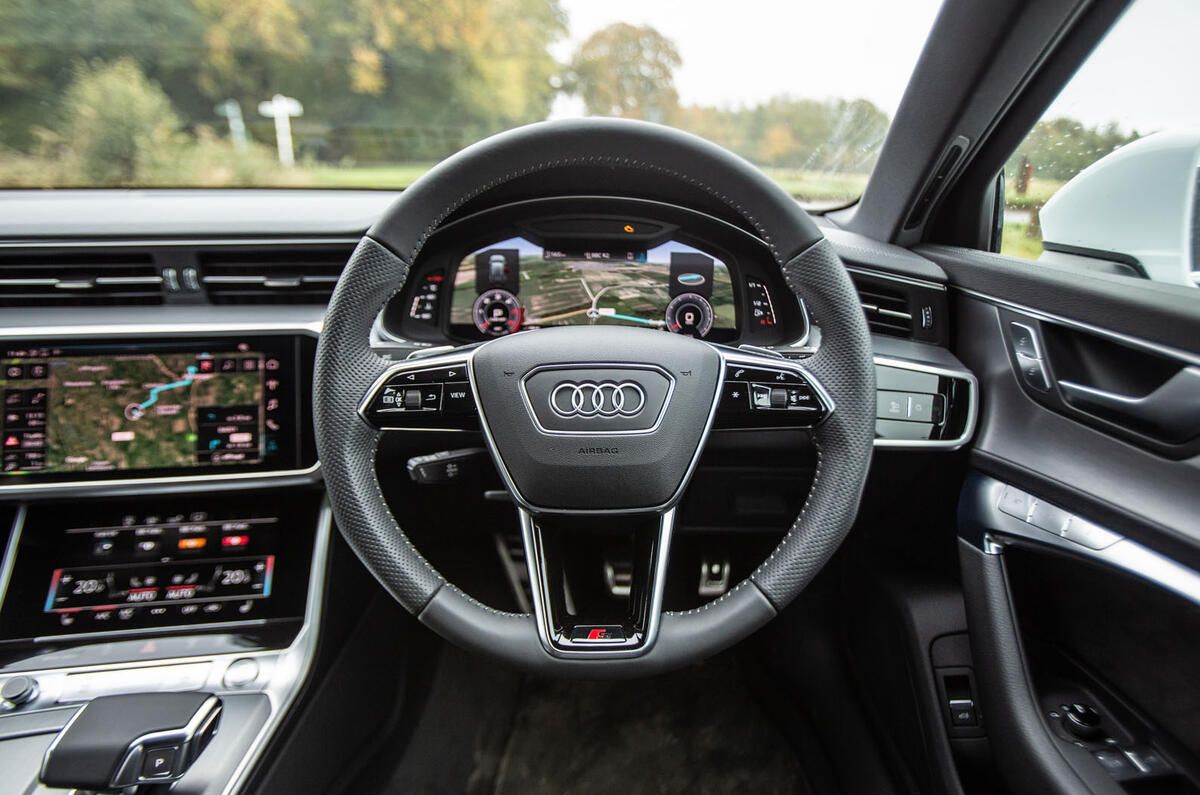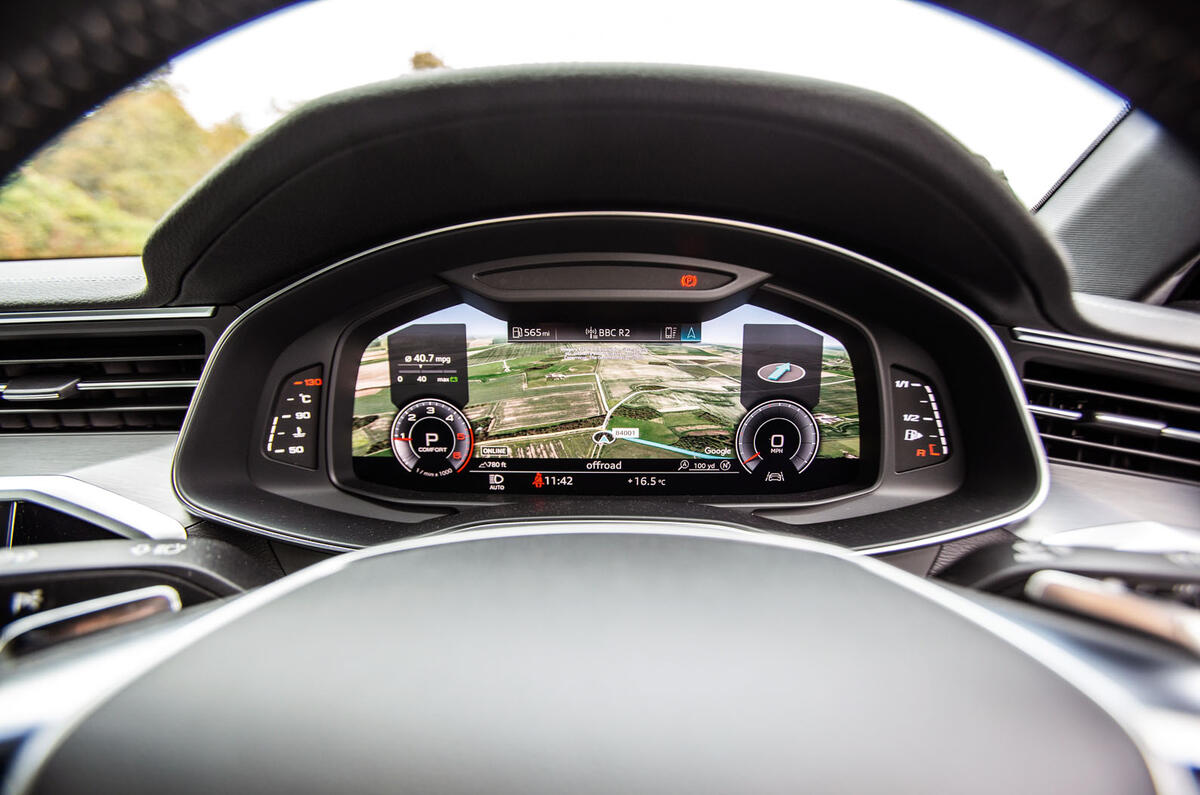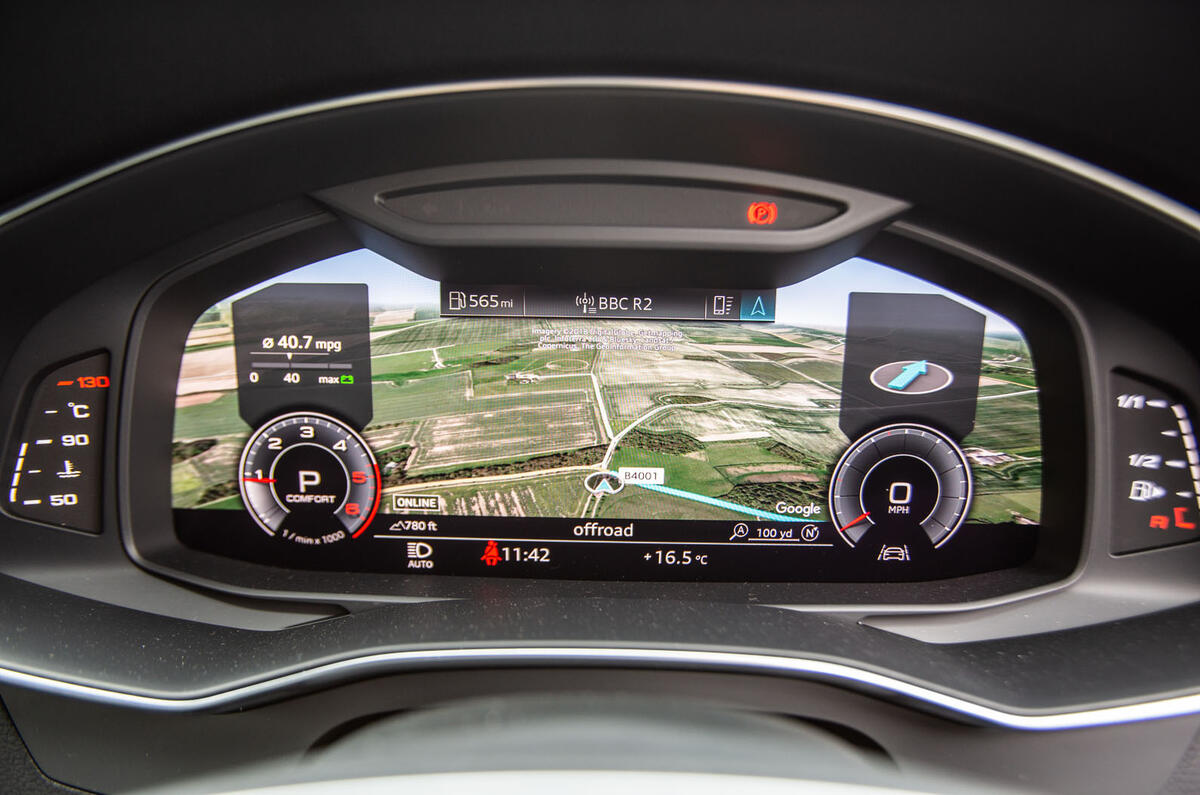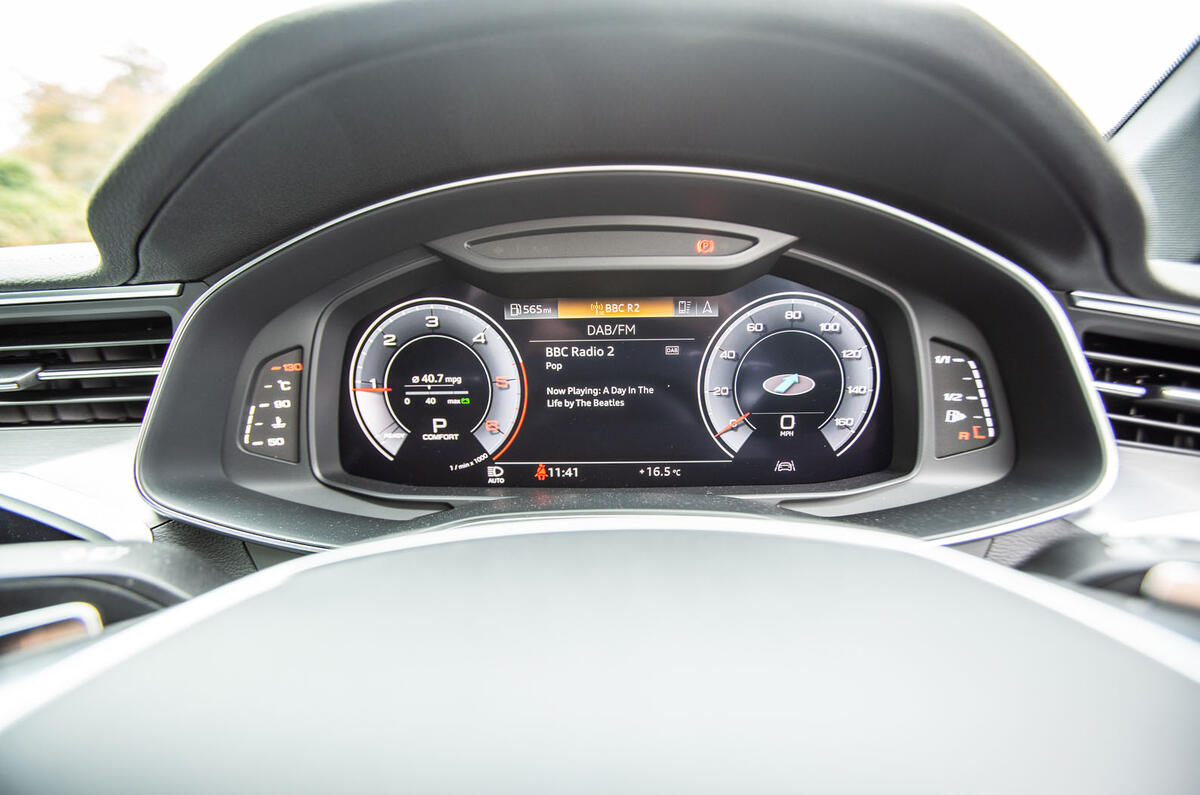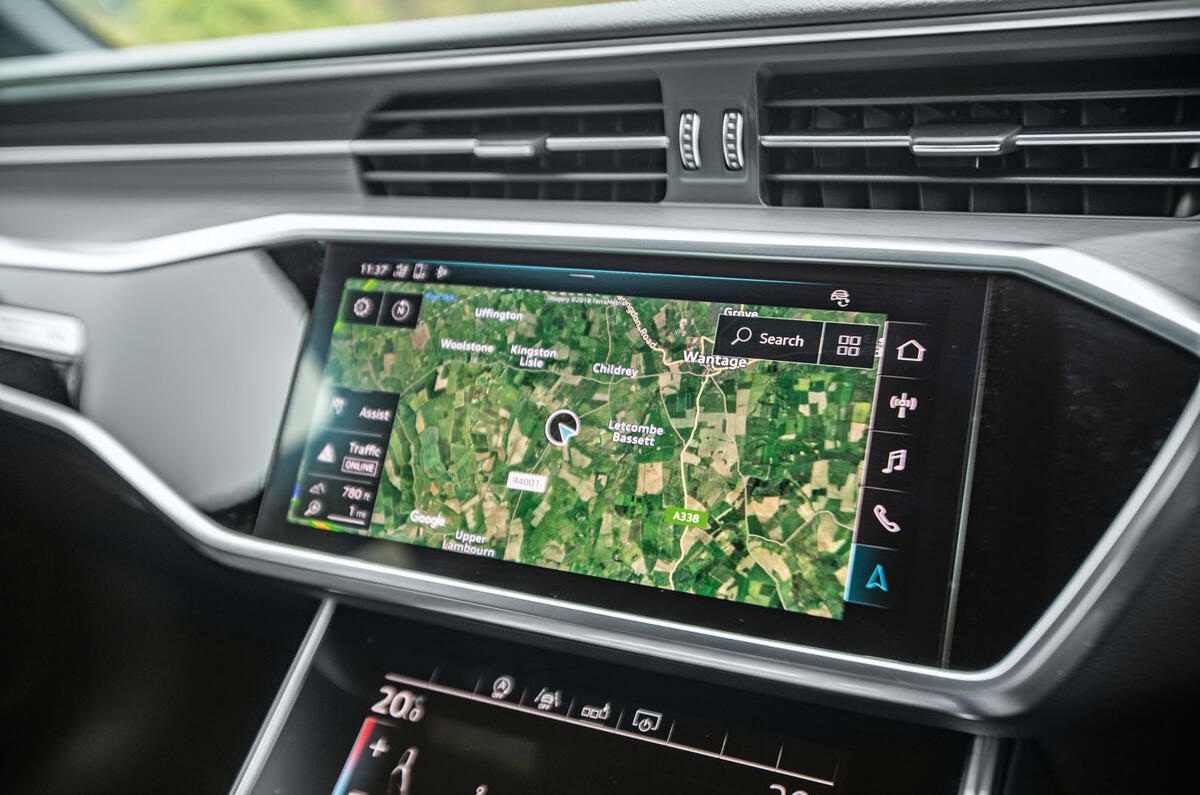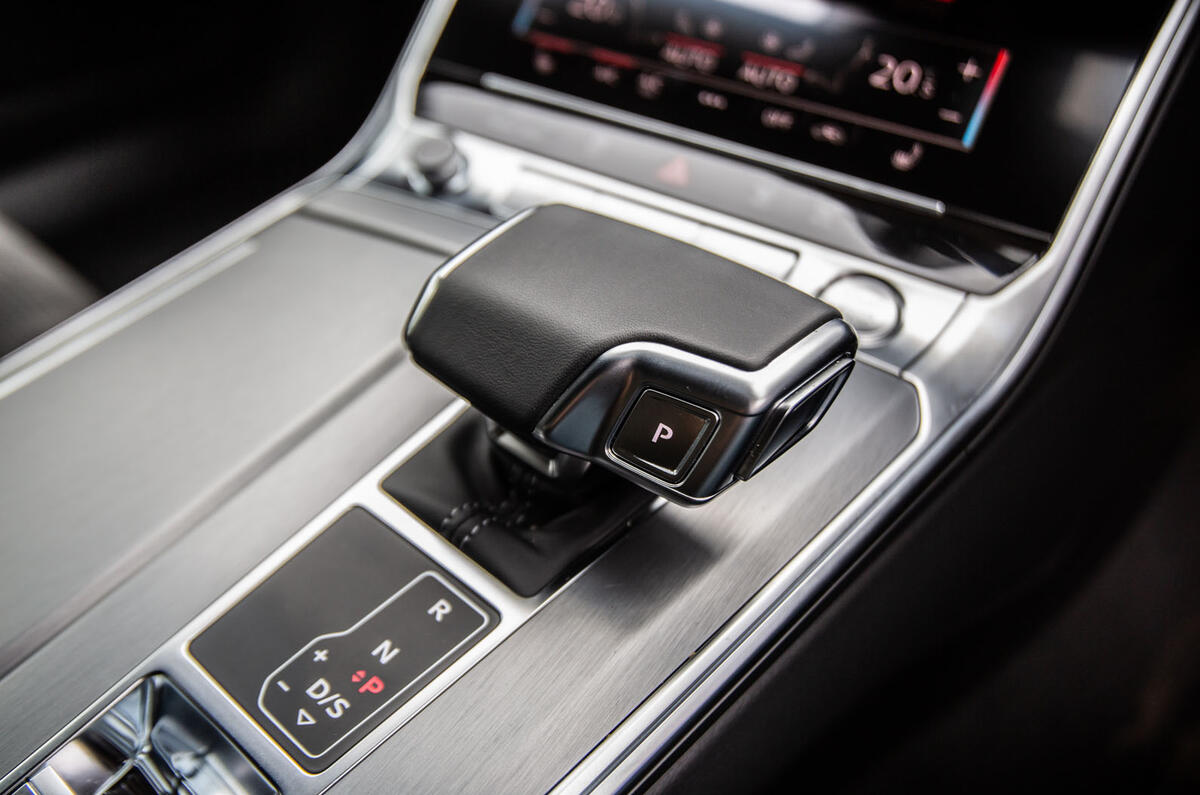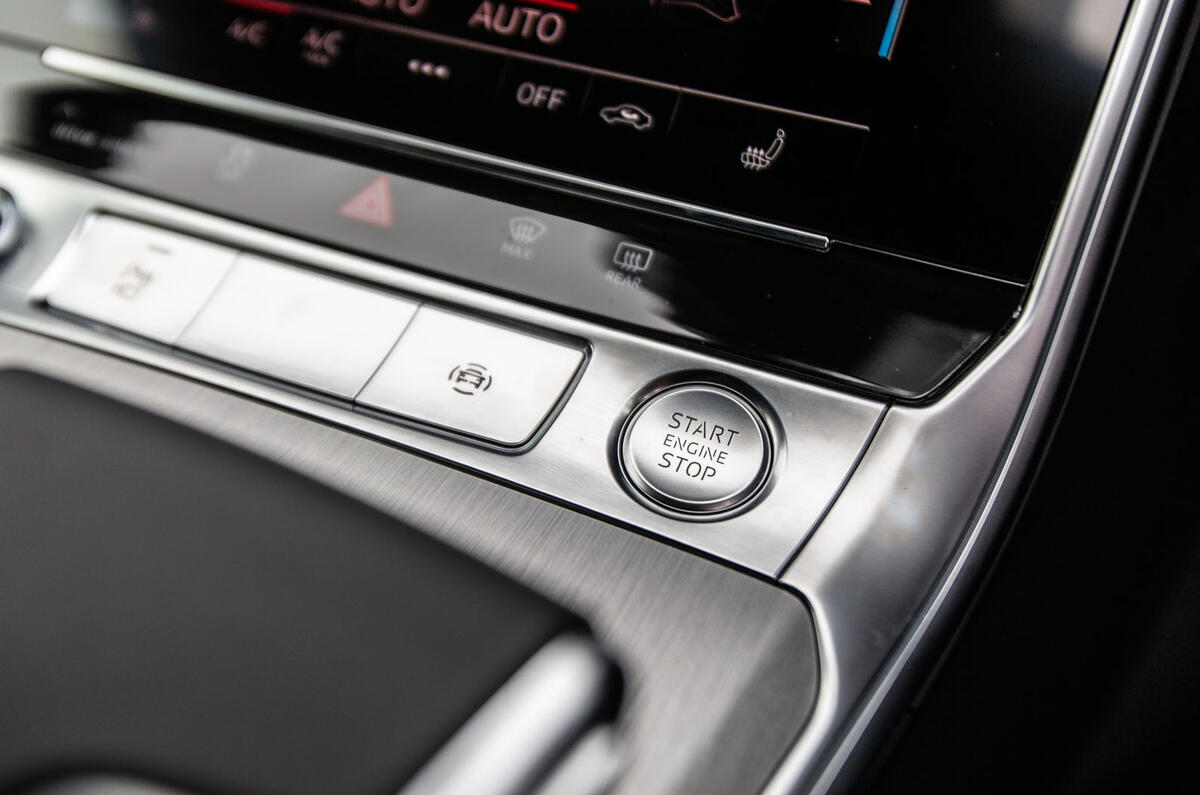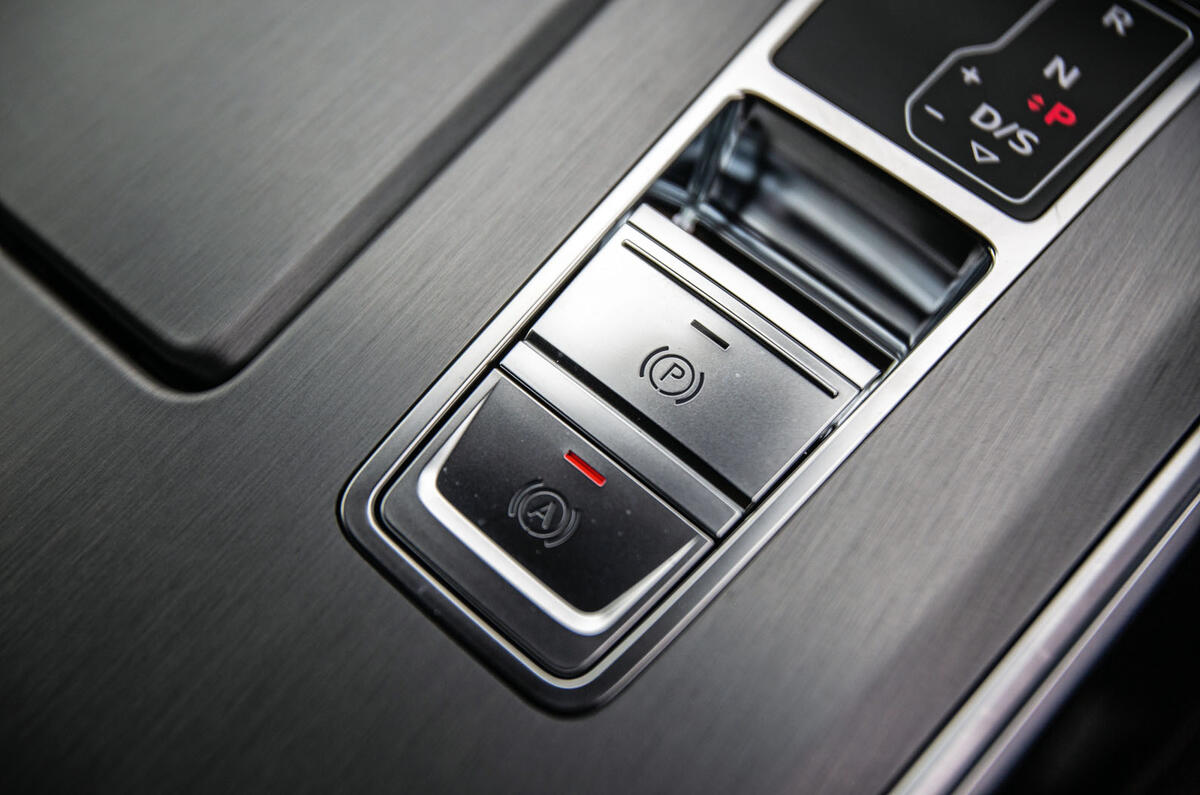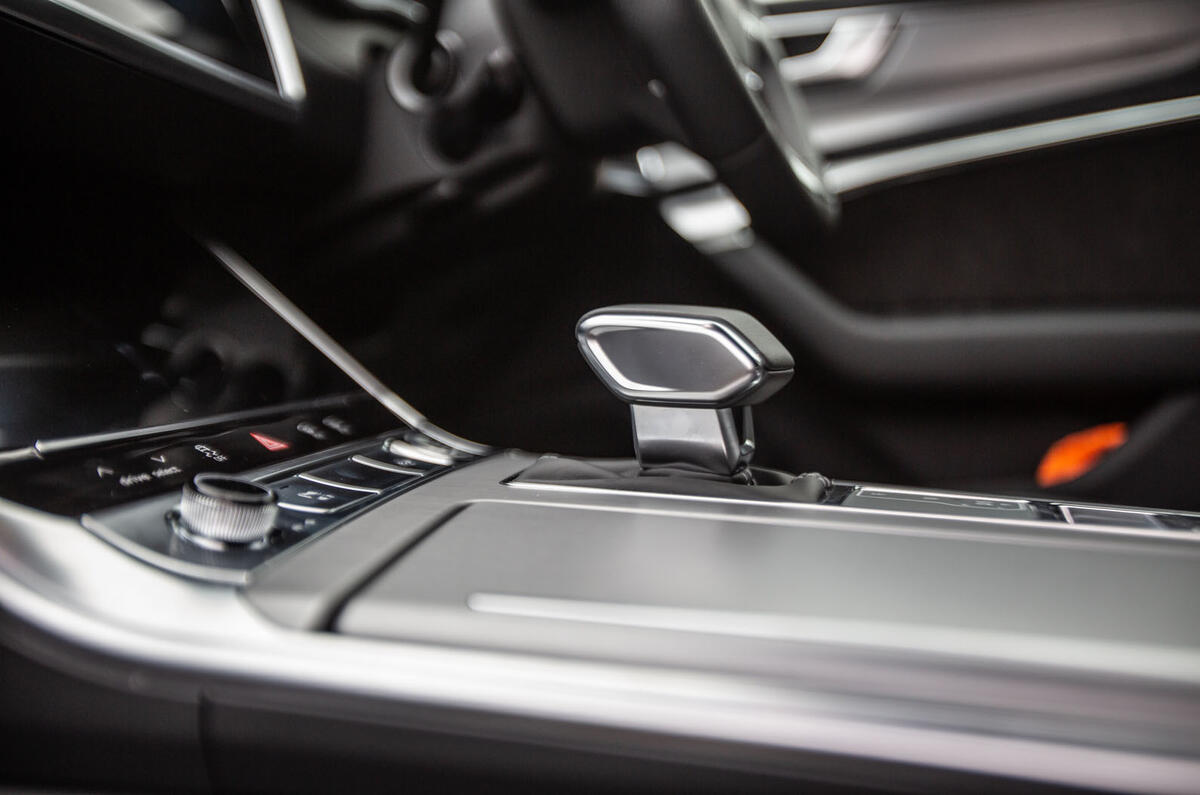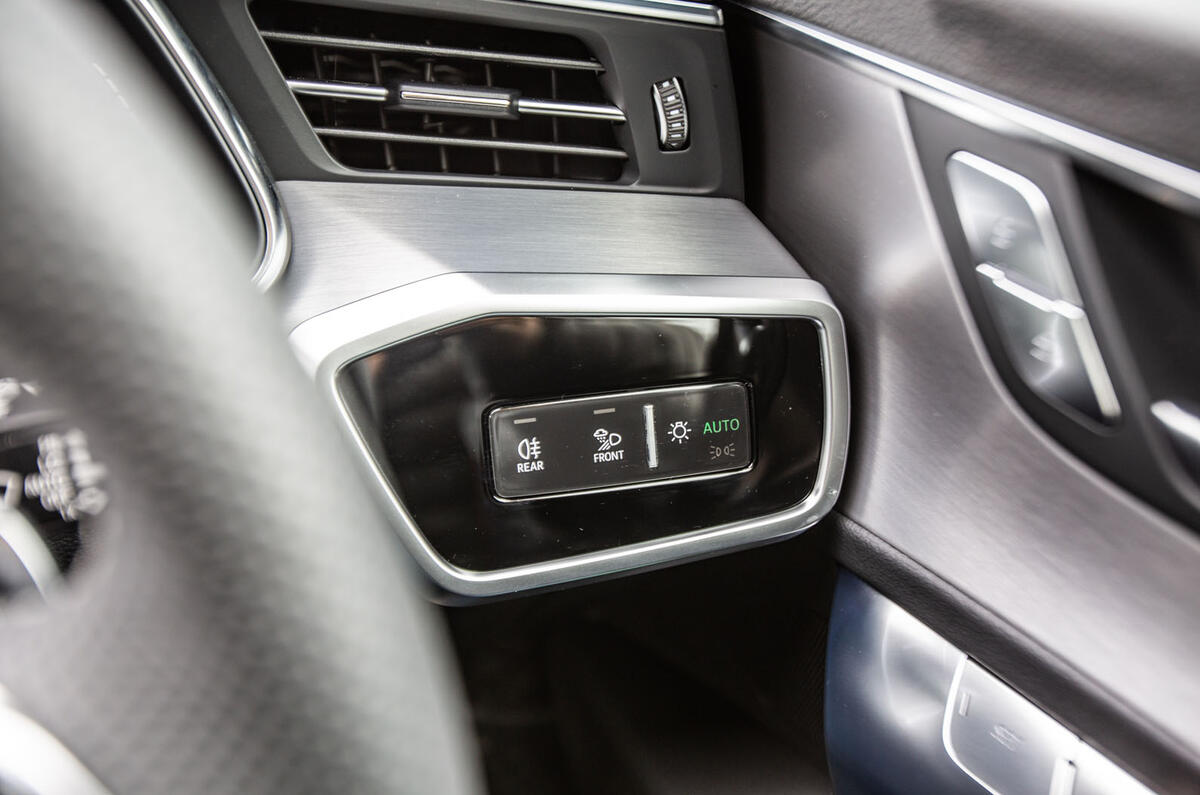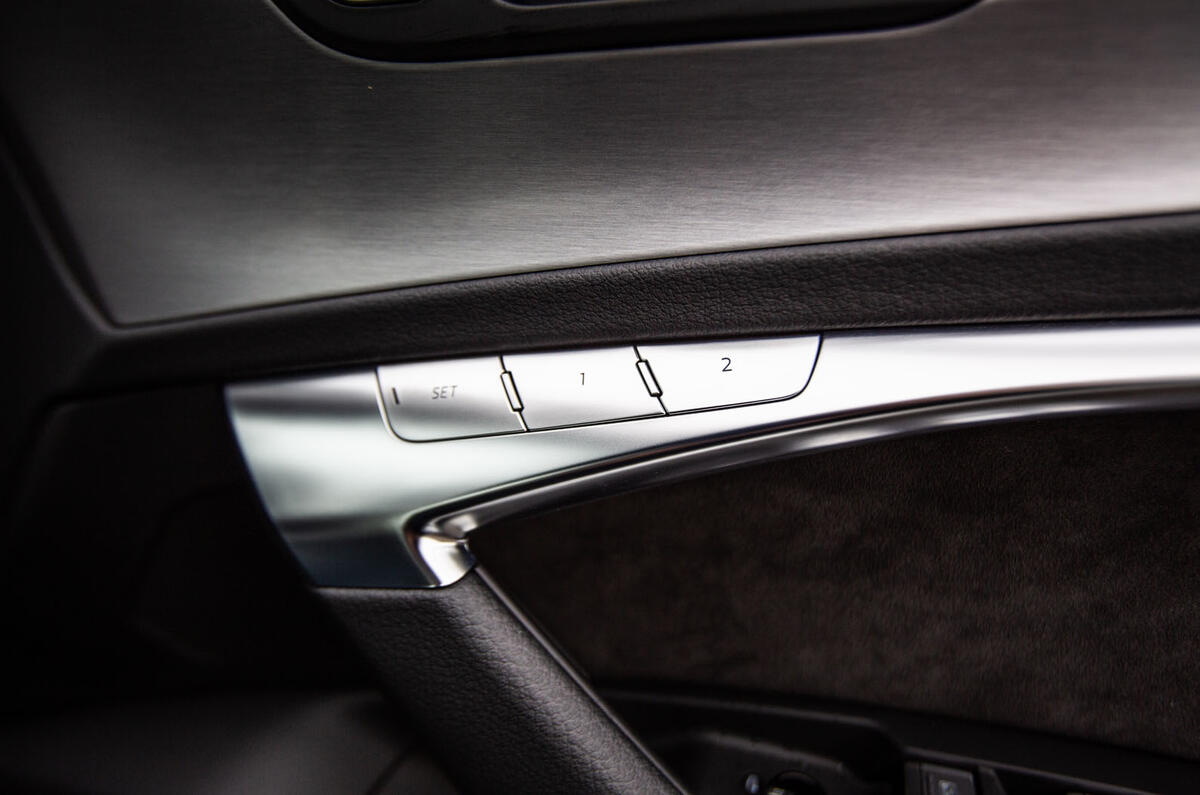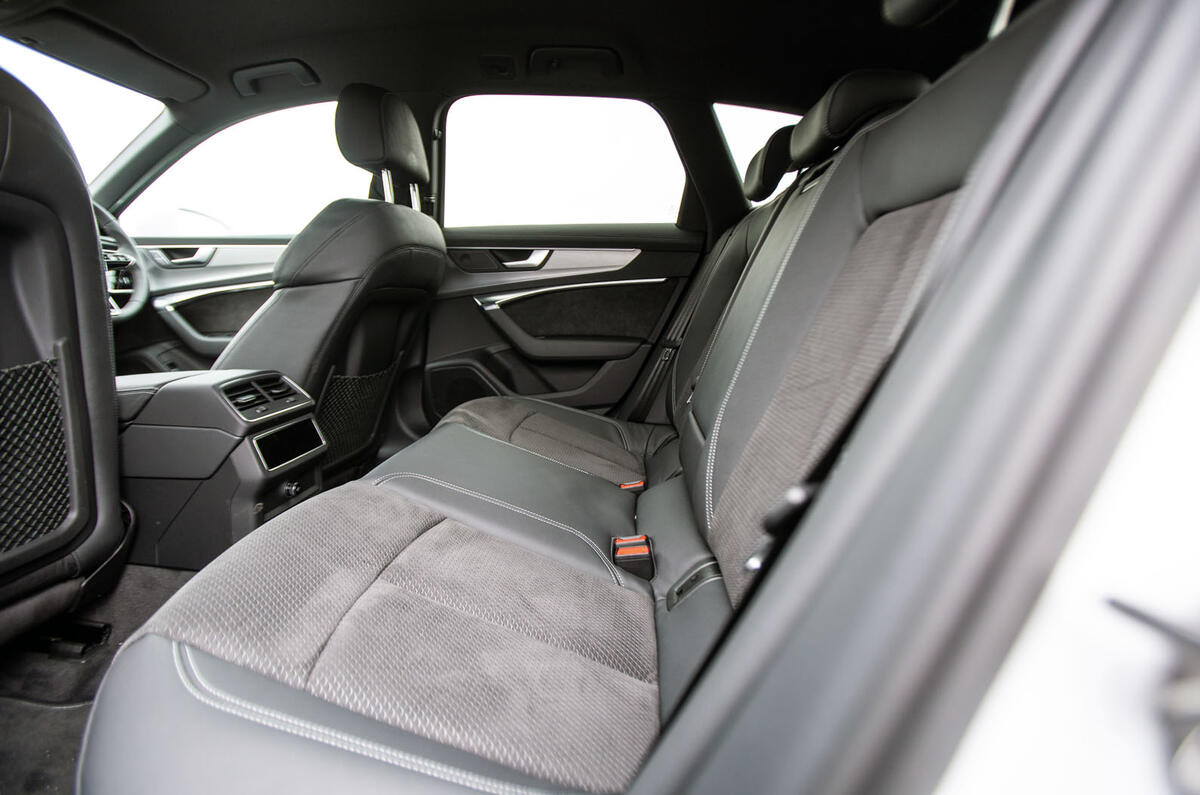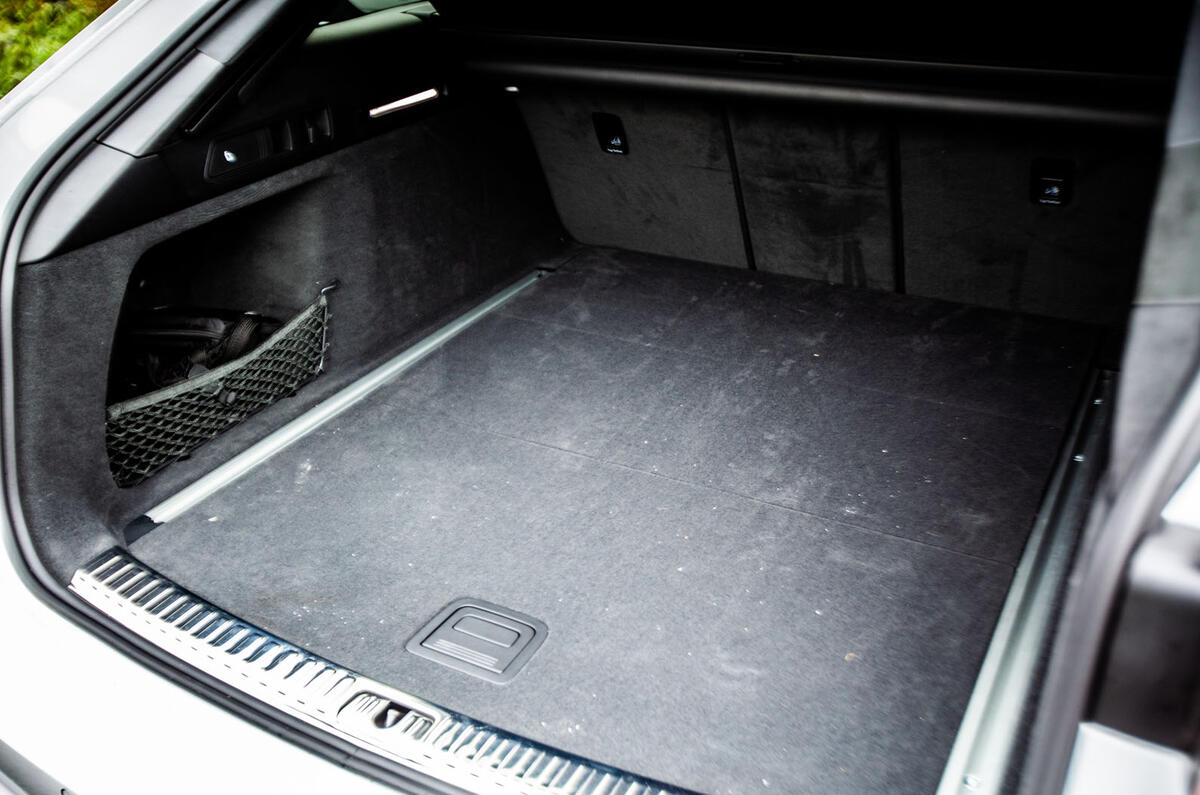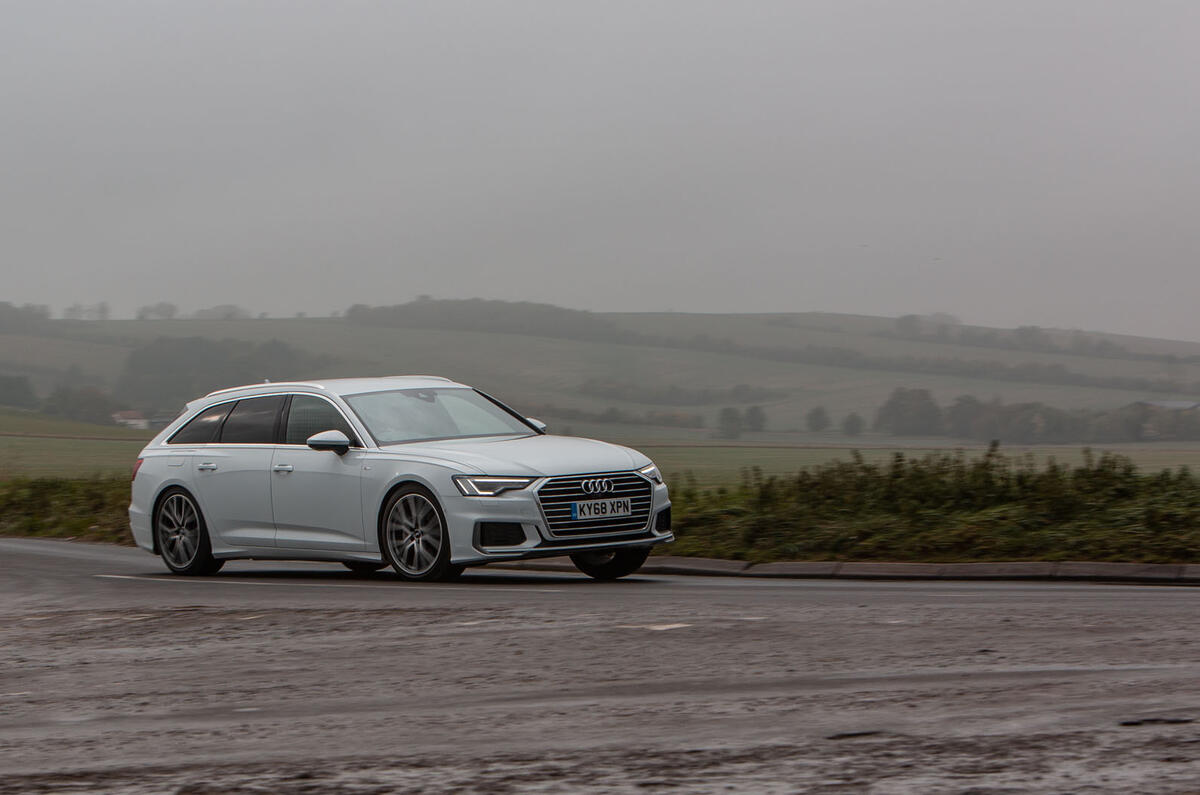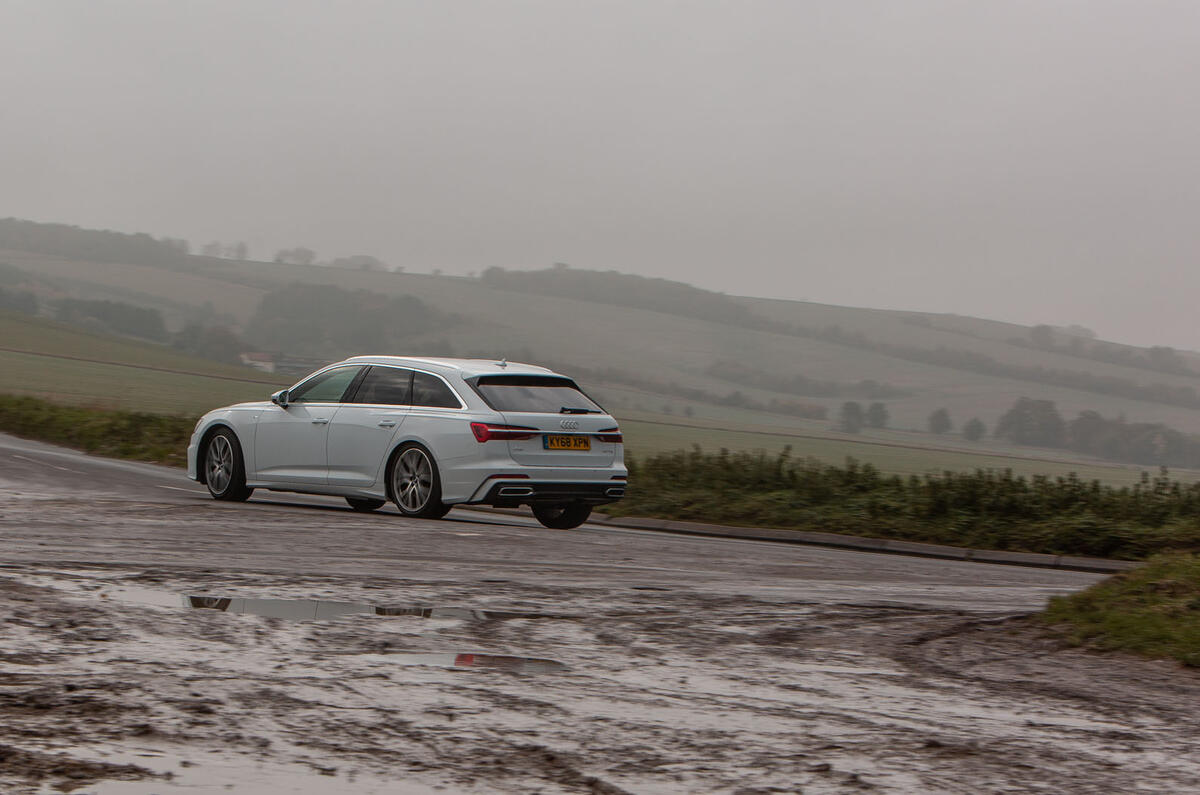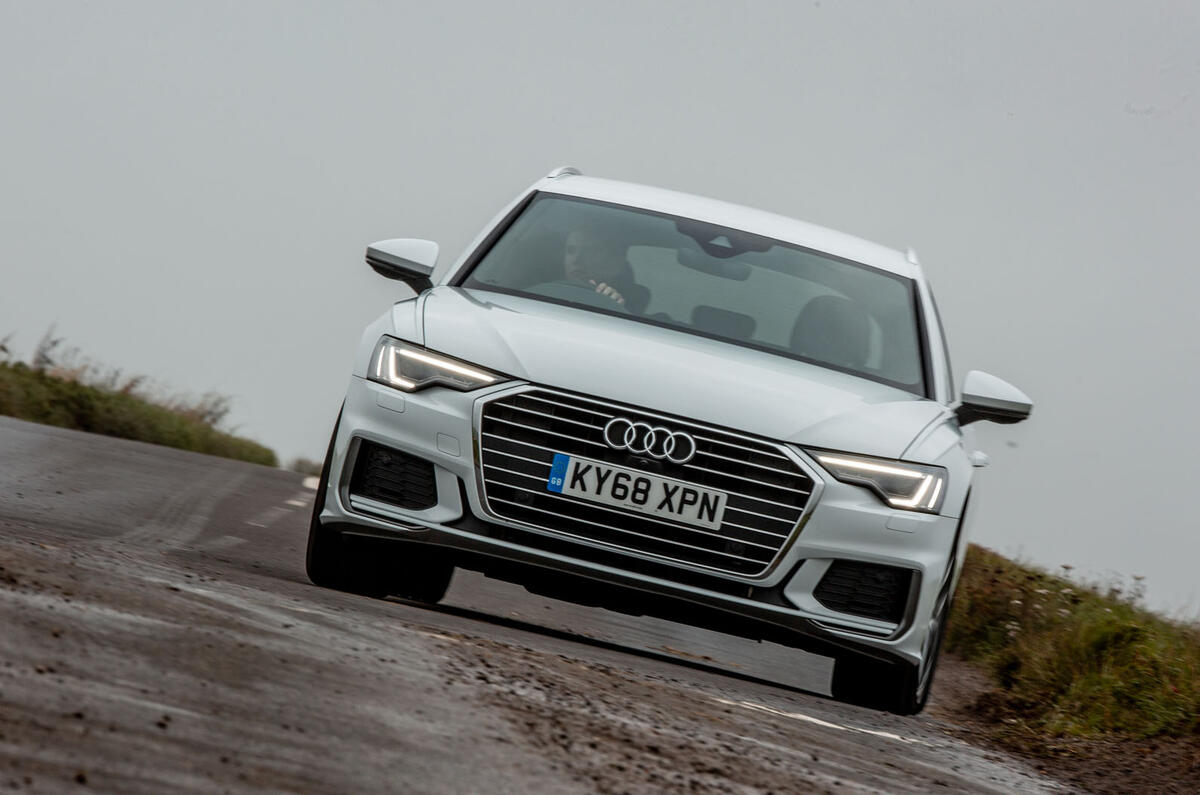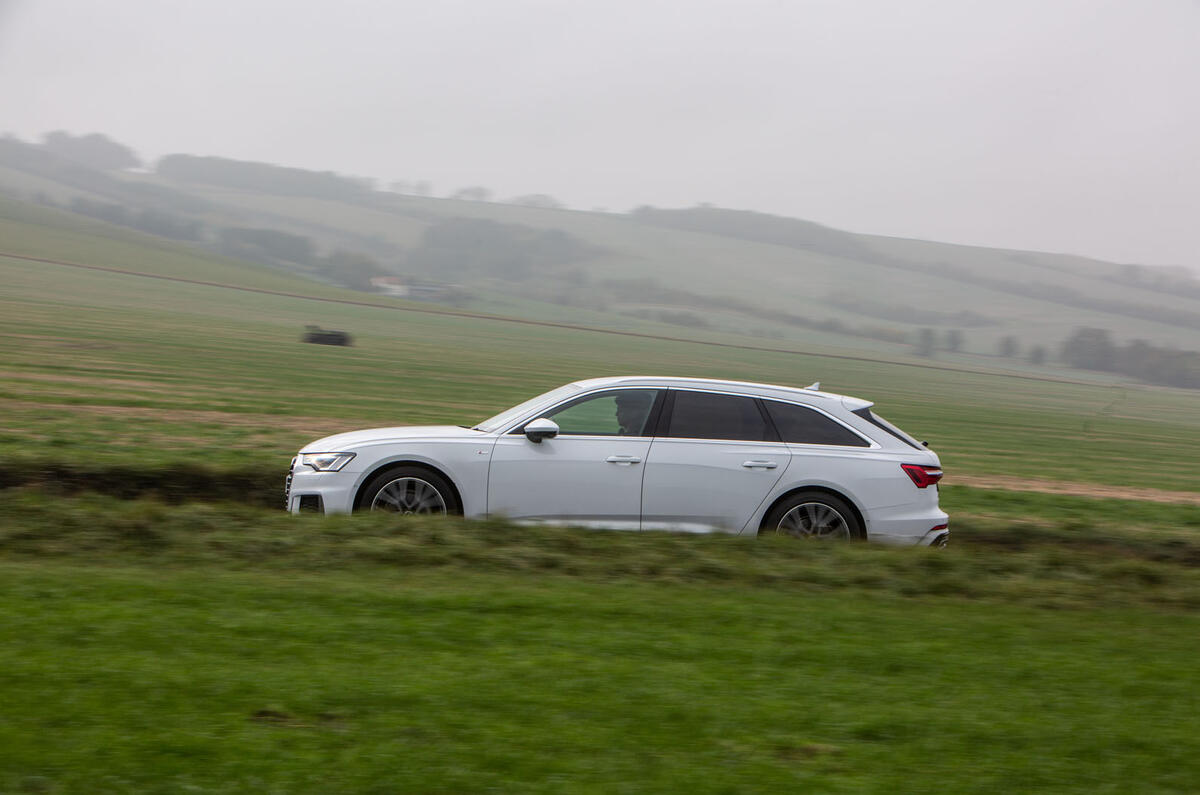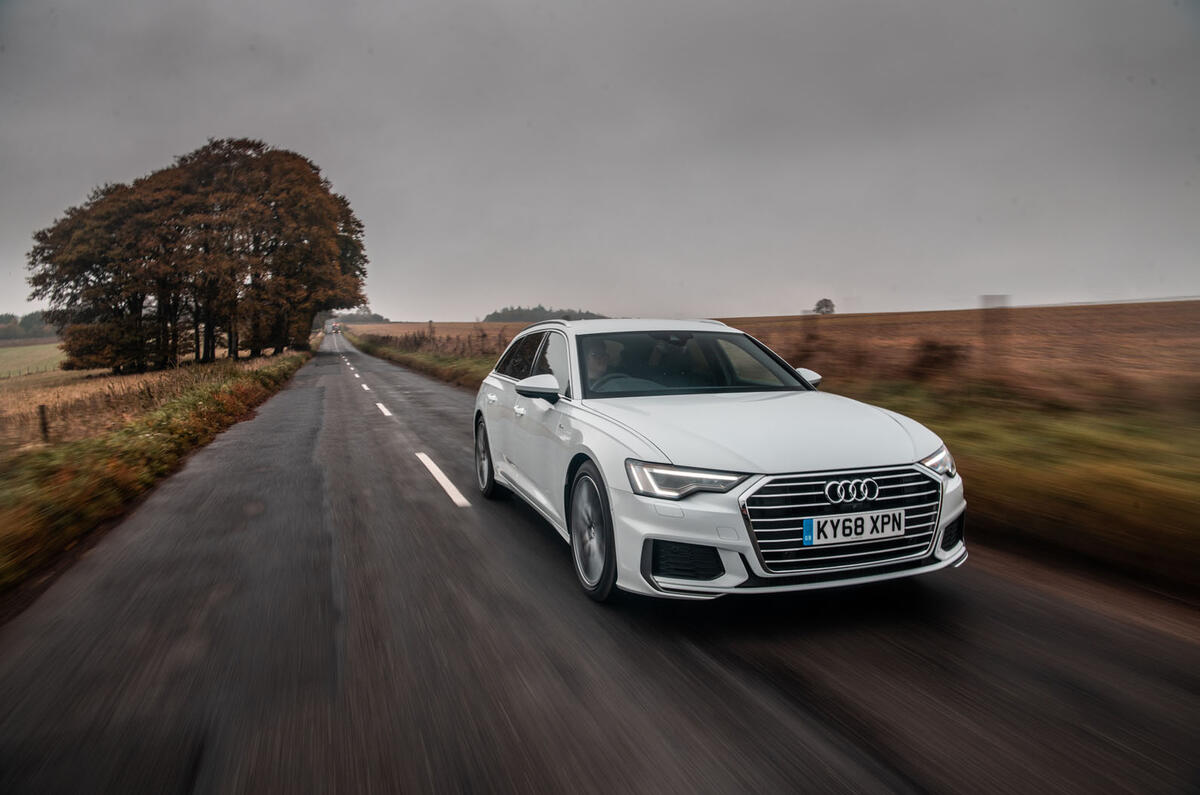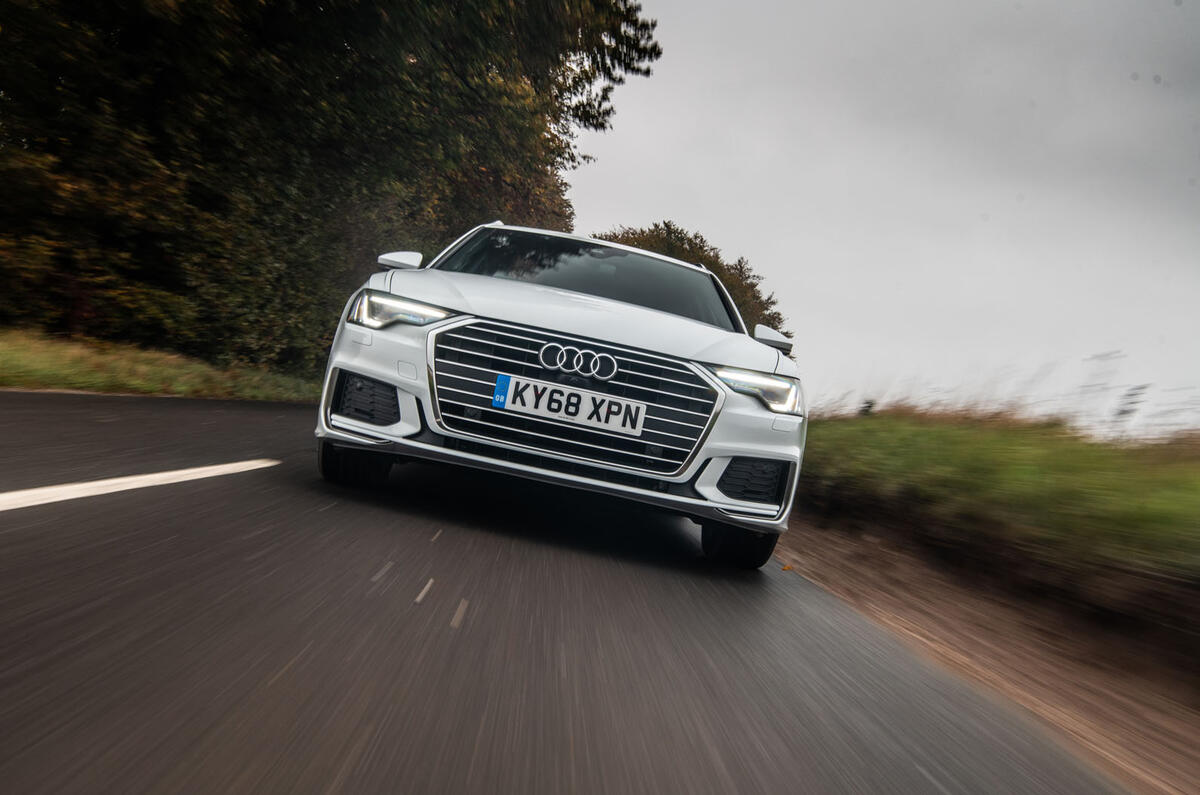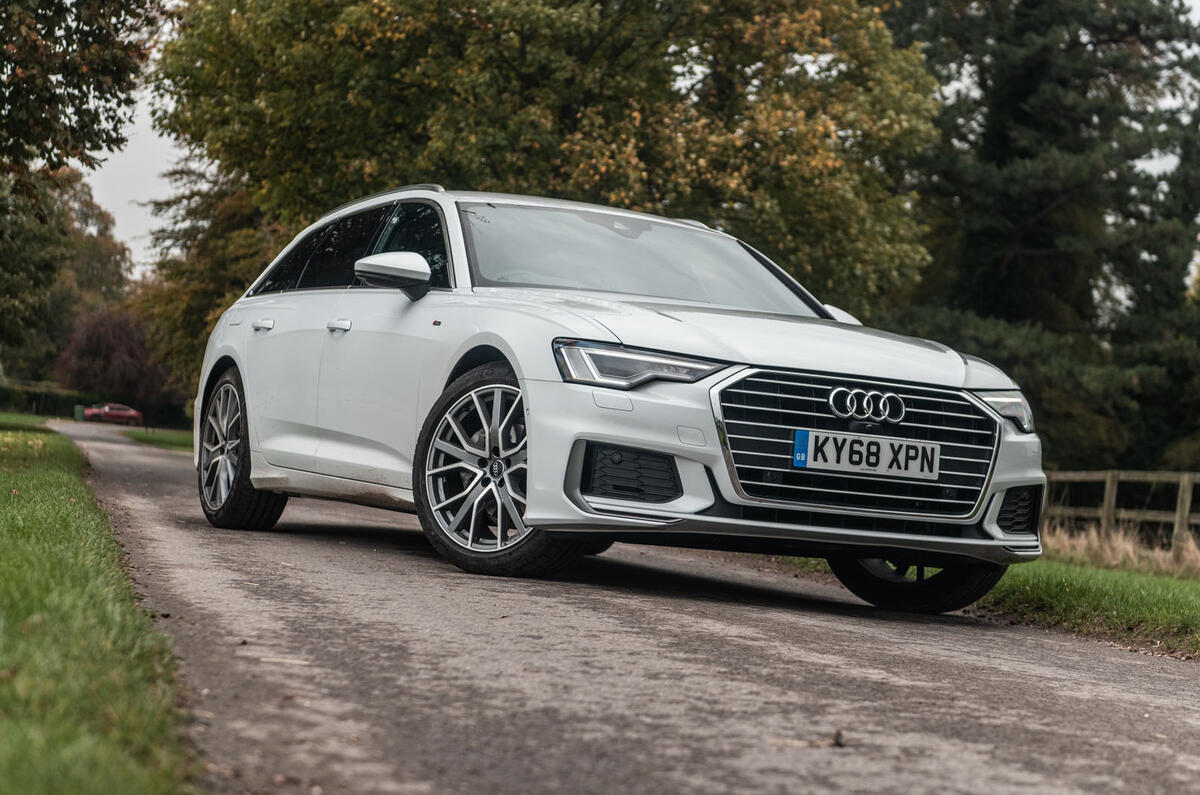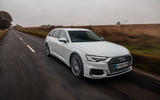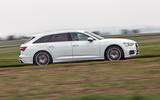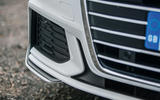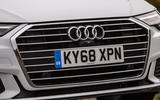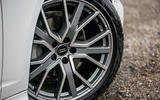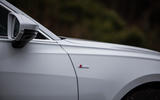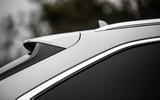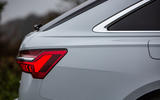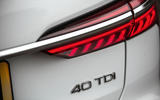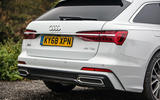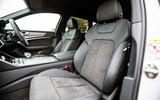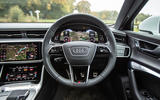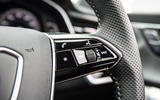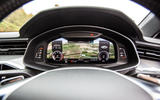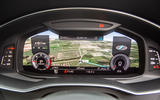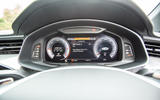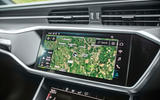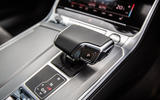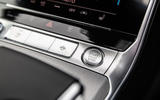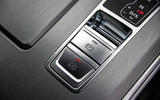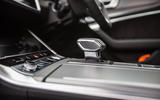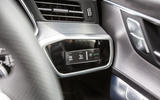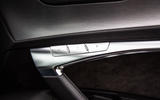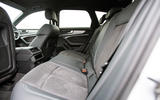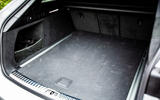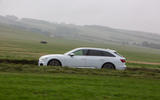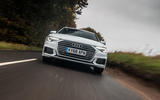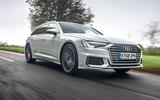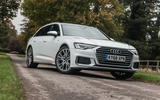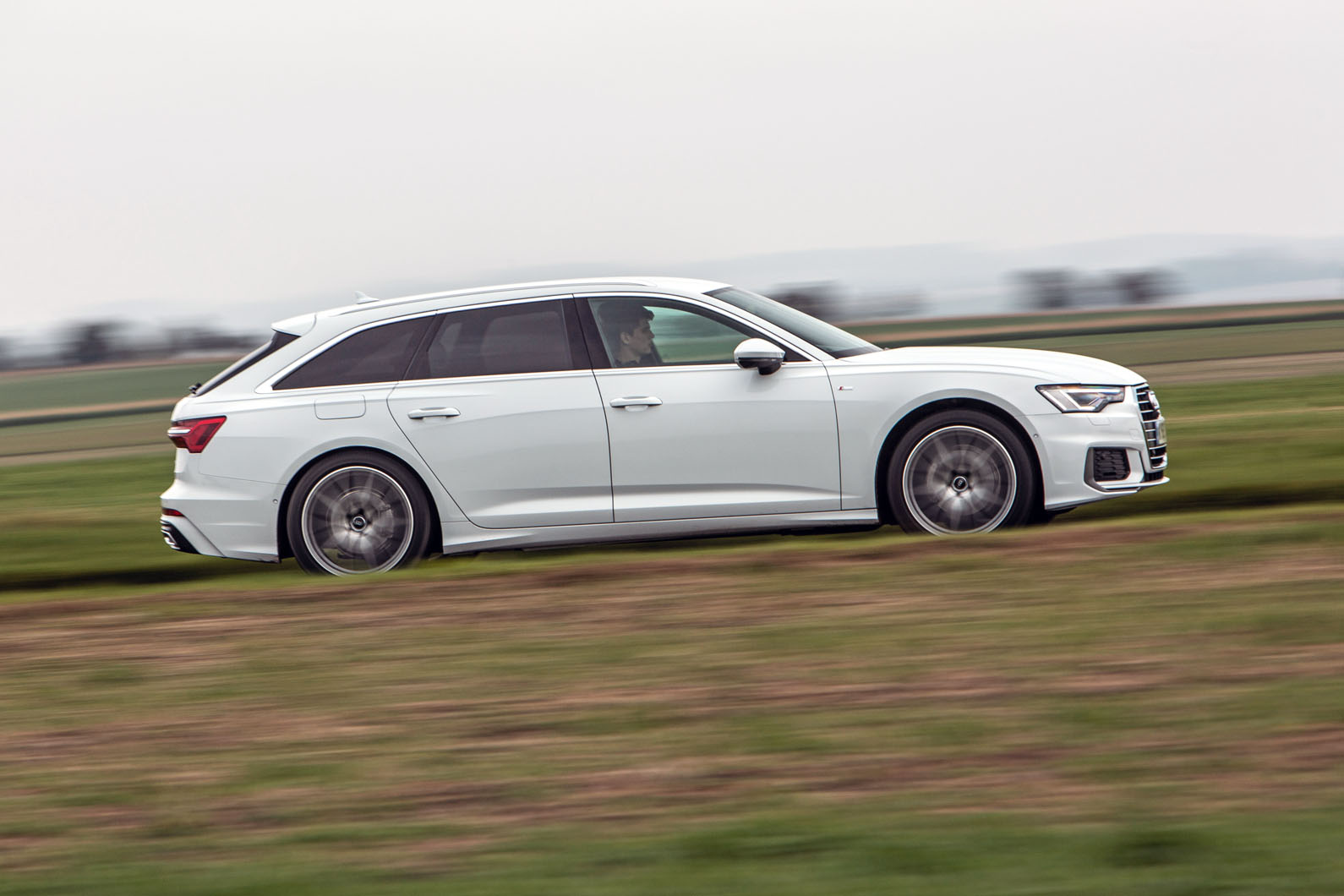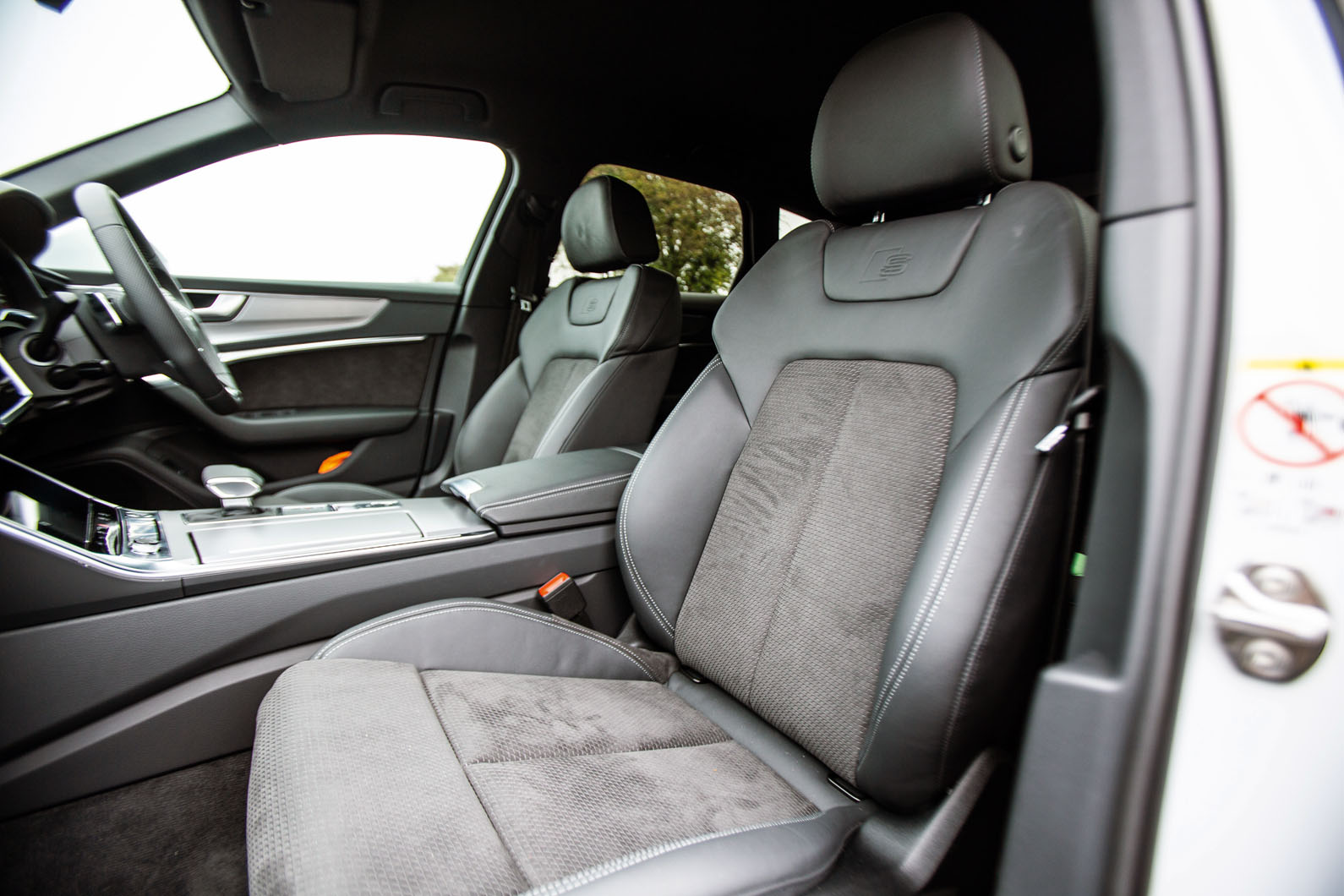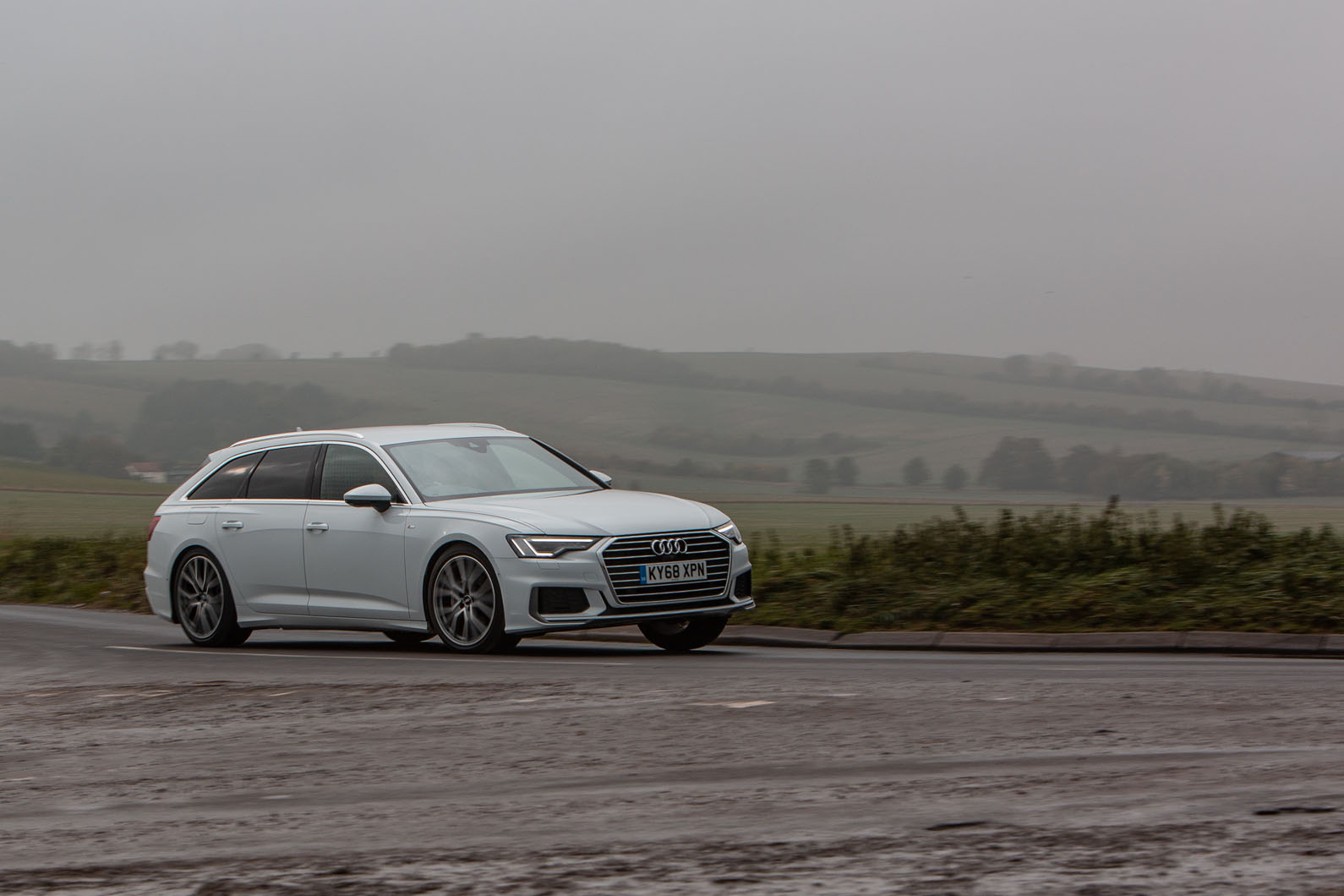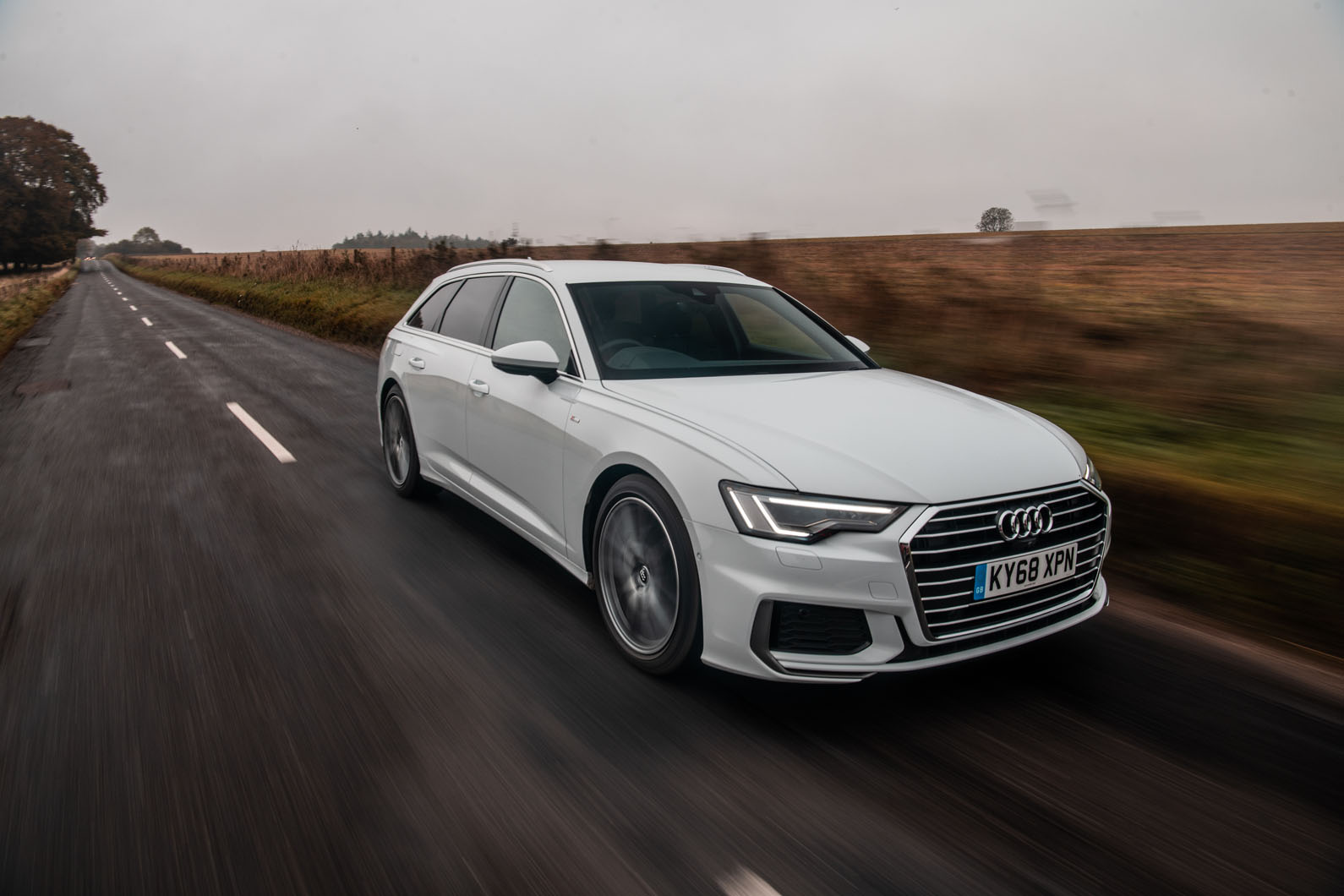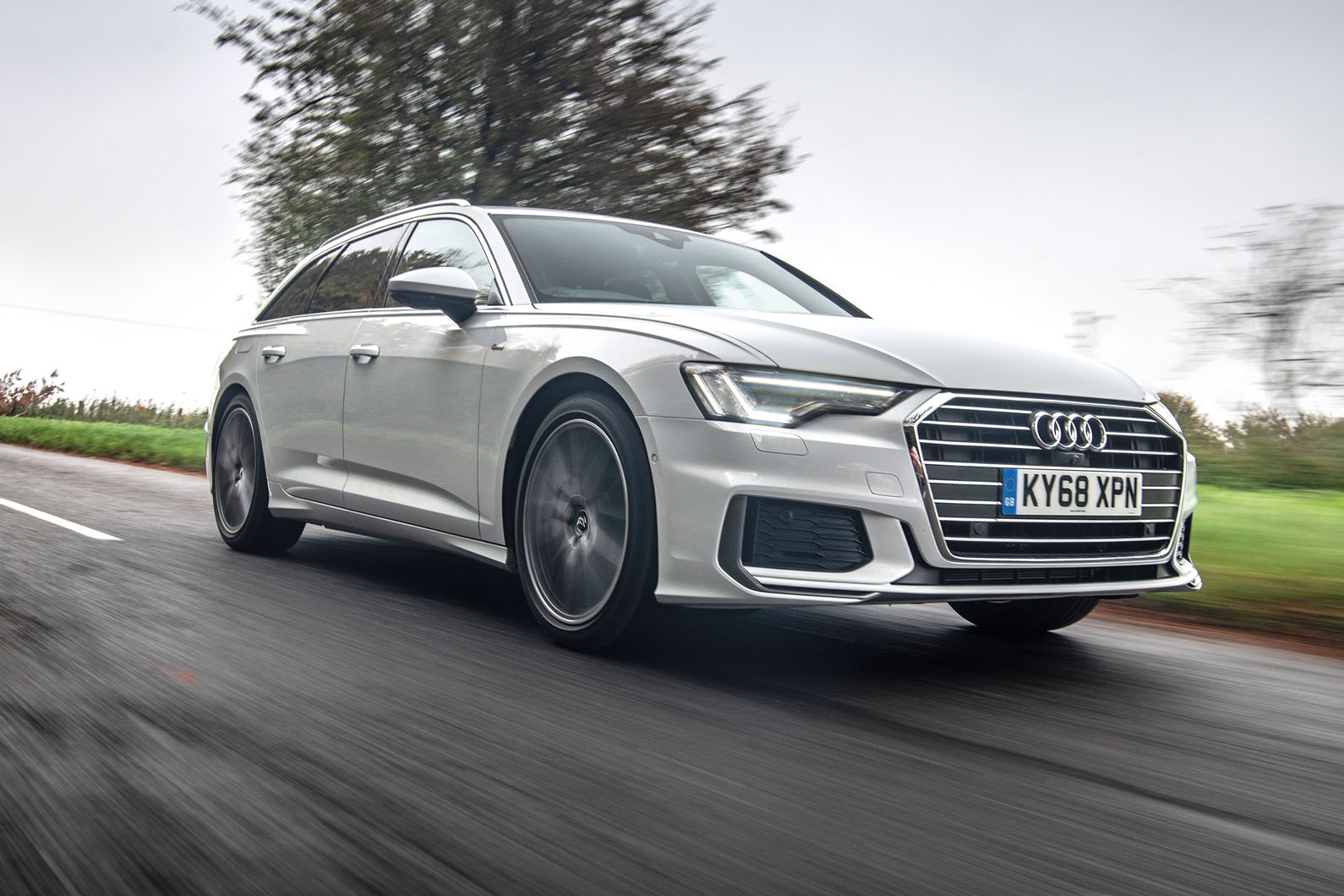There are very few promises made about ‘class-leading performance’ or ‘outstanding dynamism’ in the promotional literature for this car.
Instead, it’s aerodynamic efficiency, aeroacoustic refinement and fuel efficiency that get the big build-up, just as they might have for an Audi executive-class debutant 30 years ago – before the company became so preoccupied with proving it could make saloons as sharp-handling as those of any of its closest rivals.
And out on the road, the A6 Avant 40 TDI keeps the throwback vibes coming. By the standards of modern four-pot diesel executives, this is a particularly refined car – at least until you really put its 2.0-litre motor to some serious work.
That engine is quiet and well-mannered at idle and at low revs, responding smartly and with plenty of torque at step-off, and whisking the big A6 into motion with little apparent effort. The car’s dual-clutch transmission manages the engagement of its gears with enough smoothness to easily satisfy someone used to the silken-edged shifts of a torque converter ’box, but also with impressive speed.
The only time we became aware of even the slightest clumsiness in the transmission’s operation was during our standing-start performance tests when, under a wide open throttle, it forced drive through to the A6’s solitary driven front axle a little too abruptly to make for the optimum 0-60mph time, triggering the car’s electronic traction control even on dry Tarmac.
The 295lb ft of torque is pretty plainly ‘enough to be going with’ in this car, then – although it doesn’t quite give the A6 really assertive roll-on acceleration. The car needs 7.5sec to sprint from 30 to 70mph. A modern six-cylinder diesel BMW executive of similar size will typically need less than six seconds for the same sprint; the six-cylinder Audi A7 Sportback 50 TDI we tested earlier this year needed just 5.3sec; and a humble Vauxhall Insignia GSi Sports Tourer is hot on the Audi’s heels at 7.7sec.
The A6’s engine works fairly strongly through the meat of the rev range but doesn’t spin with much freedom or ferocity at the upper end, and doesn’t have the sort of breadth of operating range that begs to be explored with a flick of the shift lever into manual mode.
It’s the kind of performance that, while more than adequate in a car like this, still puts the onus on A6’s mechanical refinement, technological sophistication and operating efficiency to ram home its premium credentials. On refinement, part of that bargain is certainly upheld.
As for the rest of it, it’s hard not to be impressed by the smart and seamless way in which the car’s gearbox and mild-hybrid ancillaries disconnect the crankshaft, and even stop it altogether at times, to boost the A6’s fuel economy when touring.
You have to use Efficiency driving mode to witness all of that working to best effect: but when you do, this near-five-metre, 200-horsepower Bavarian carry-all will return 50.1mpg on a mixed touring route.


